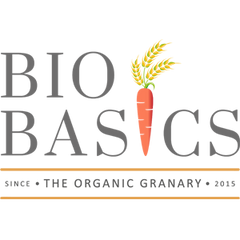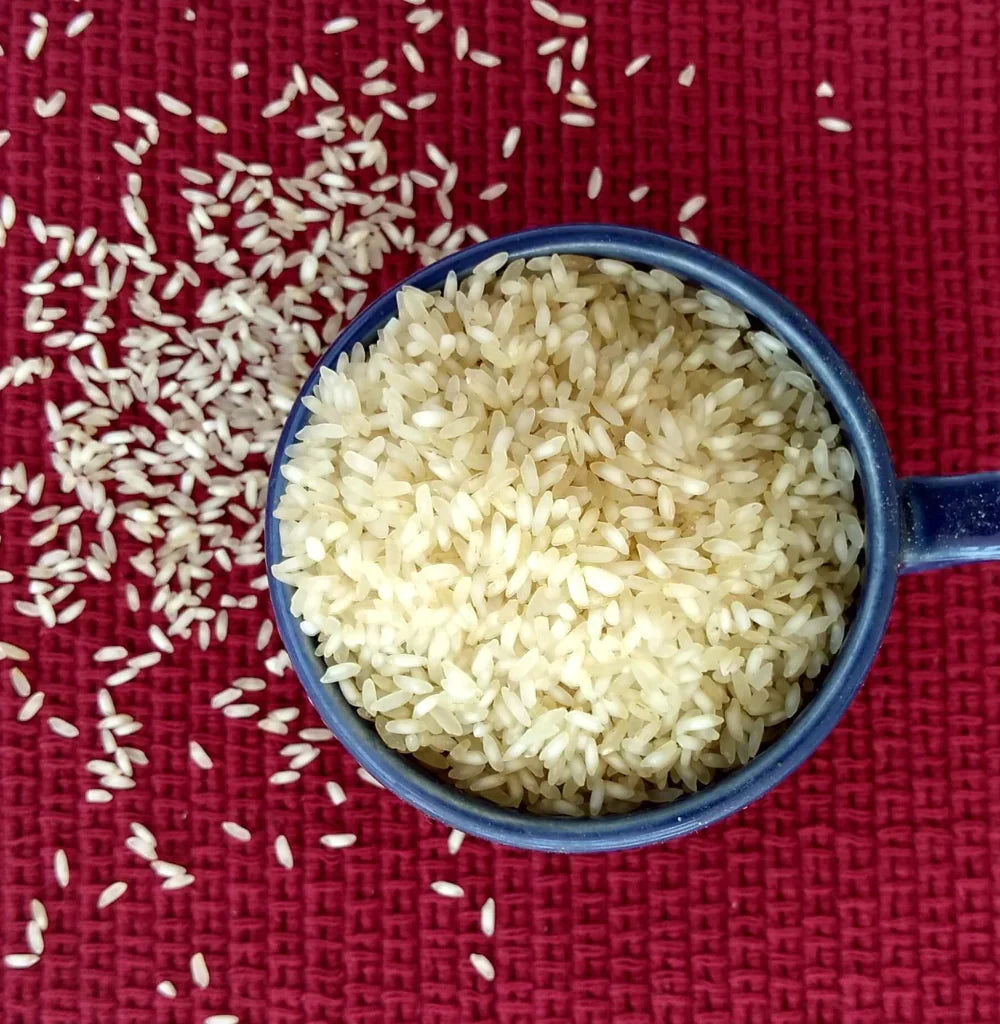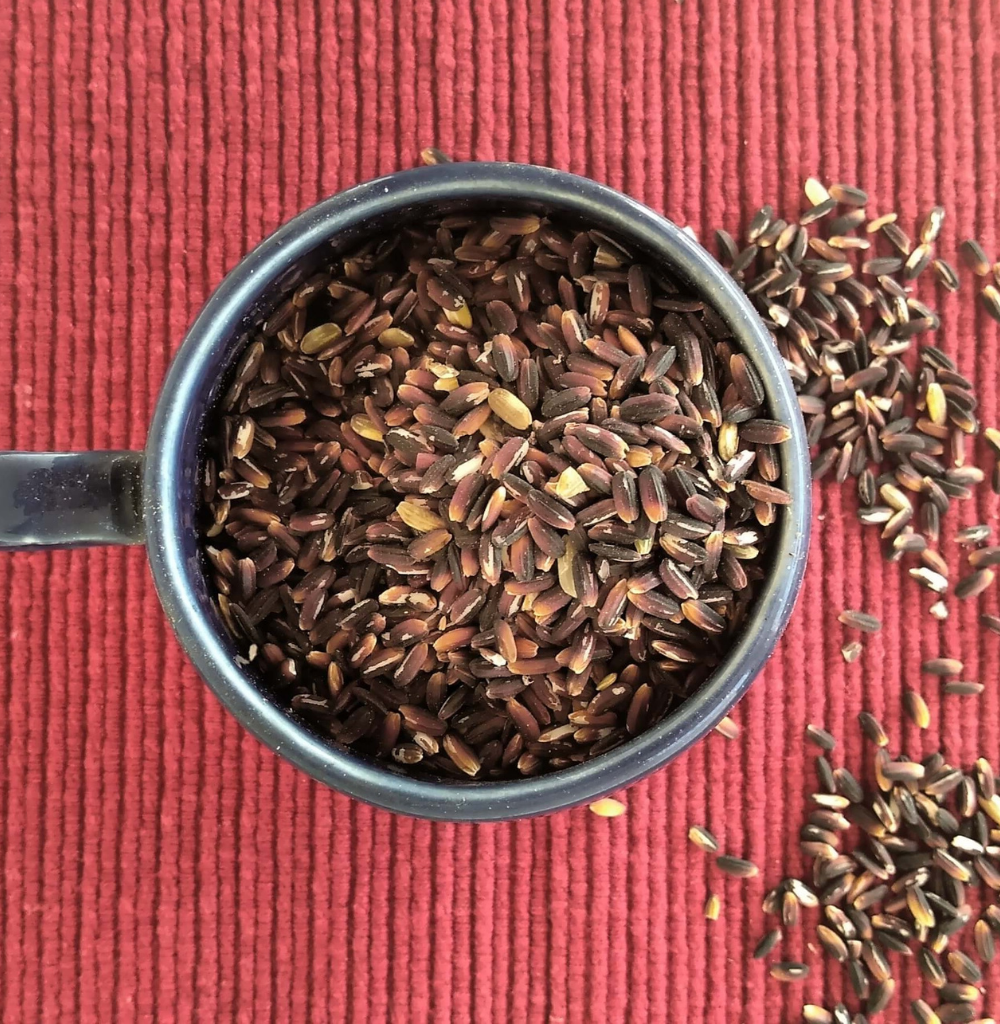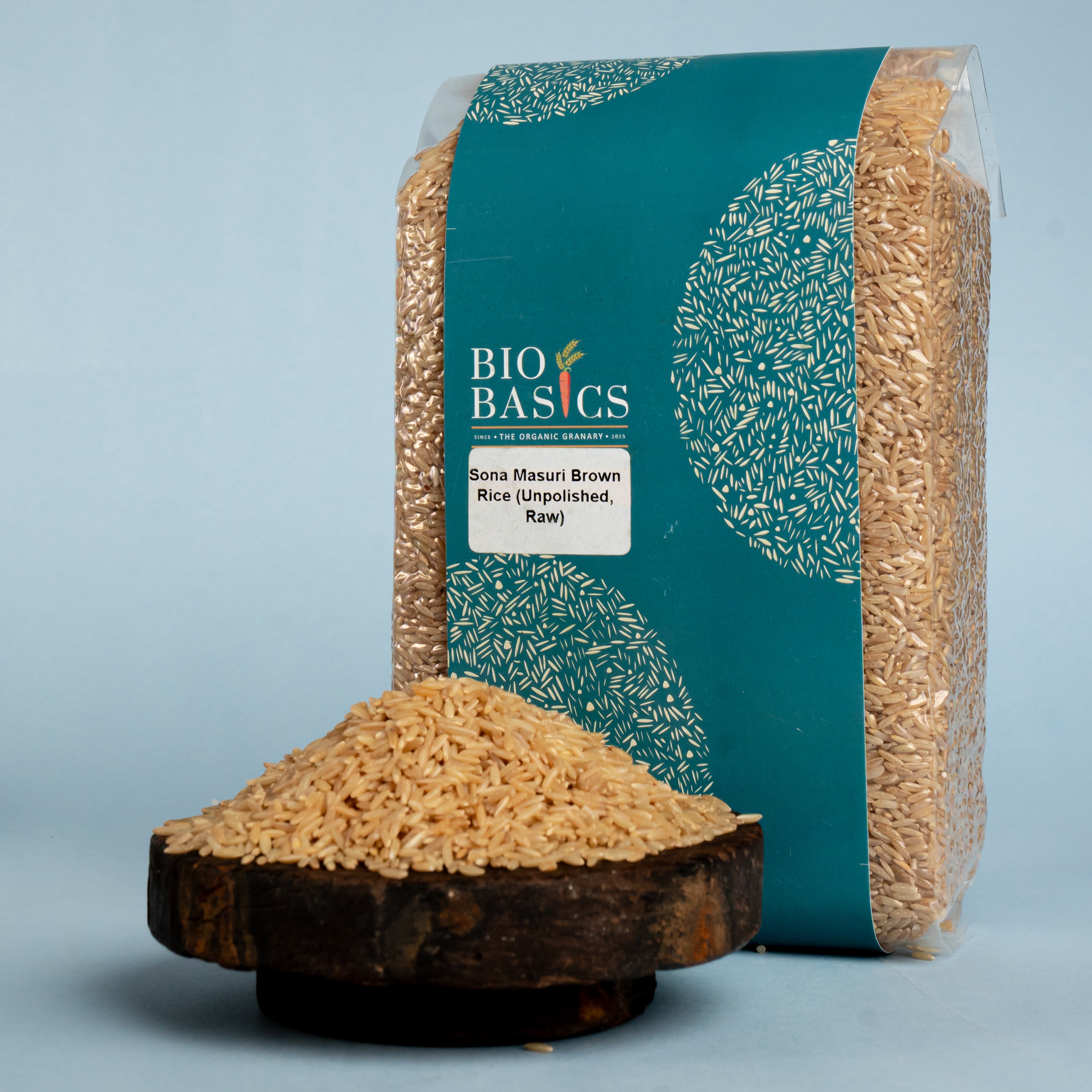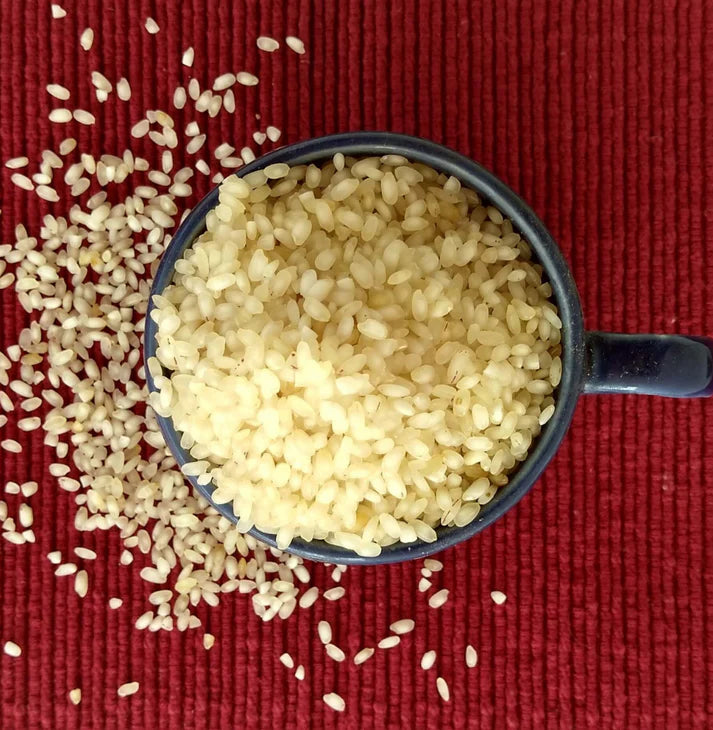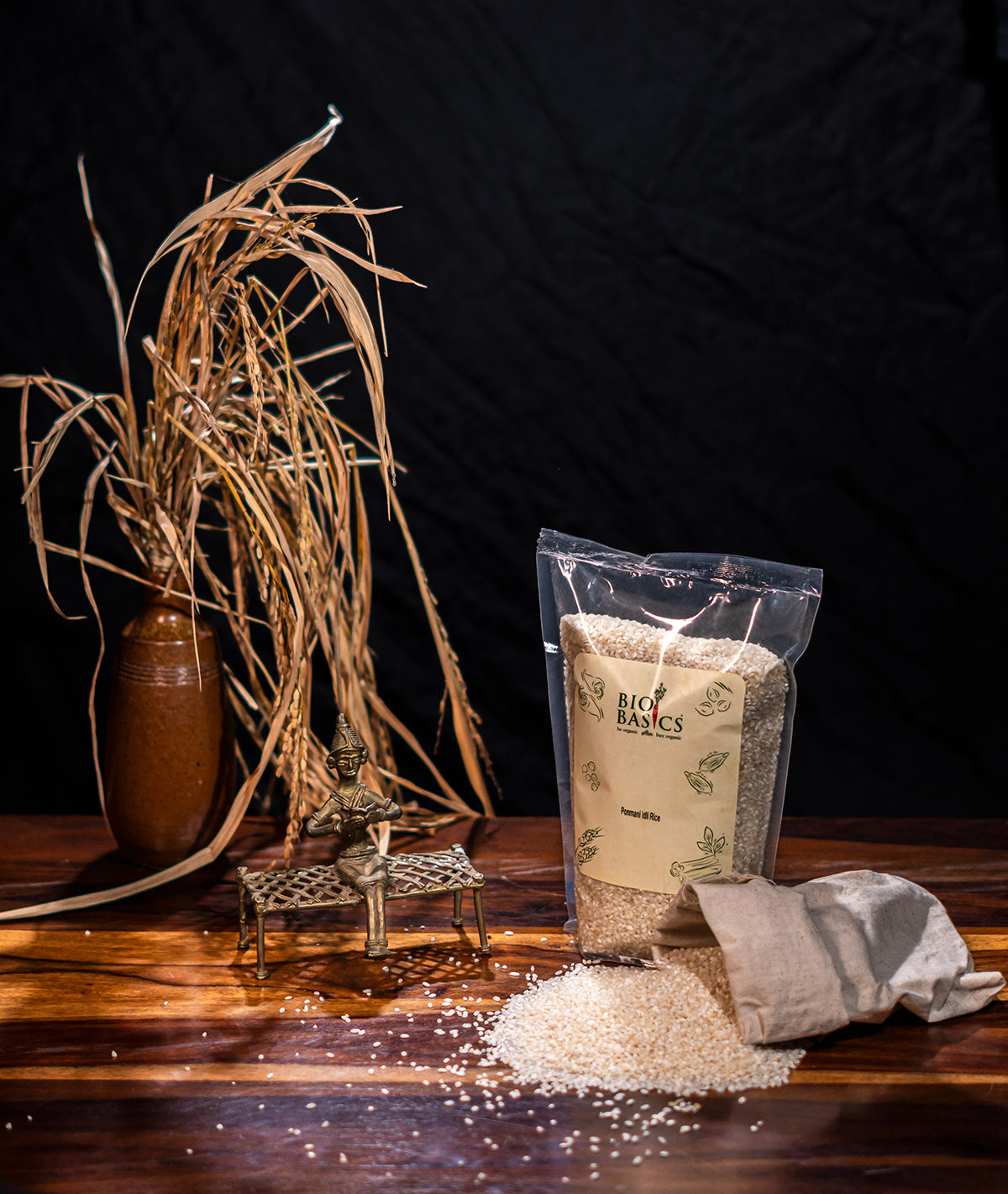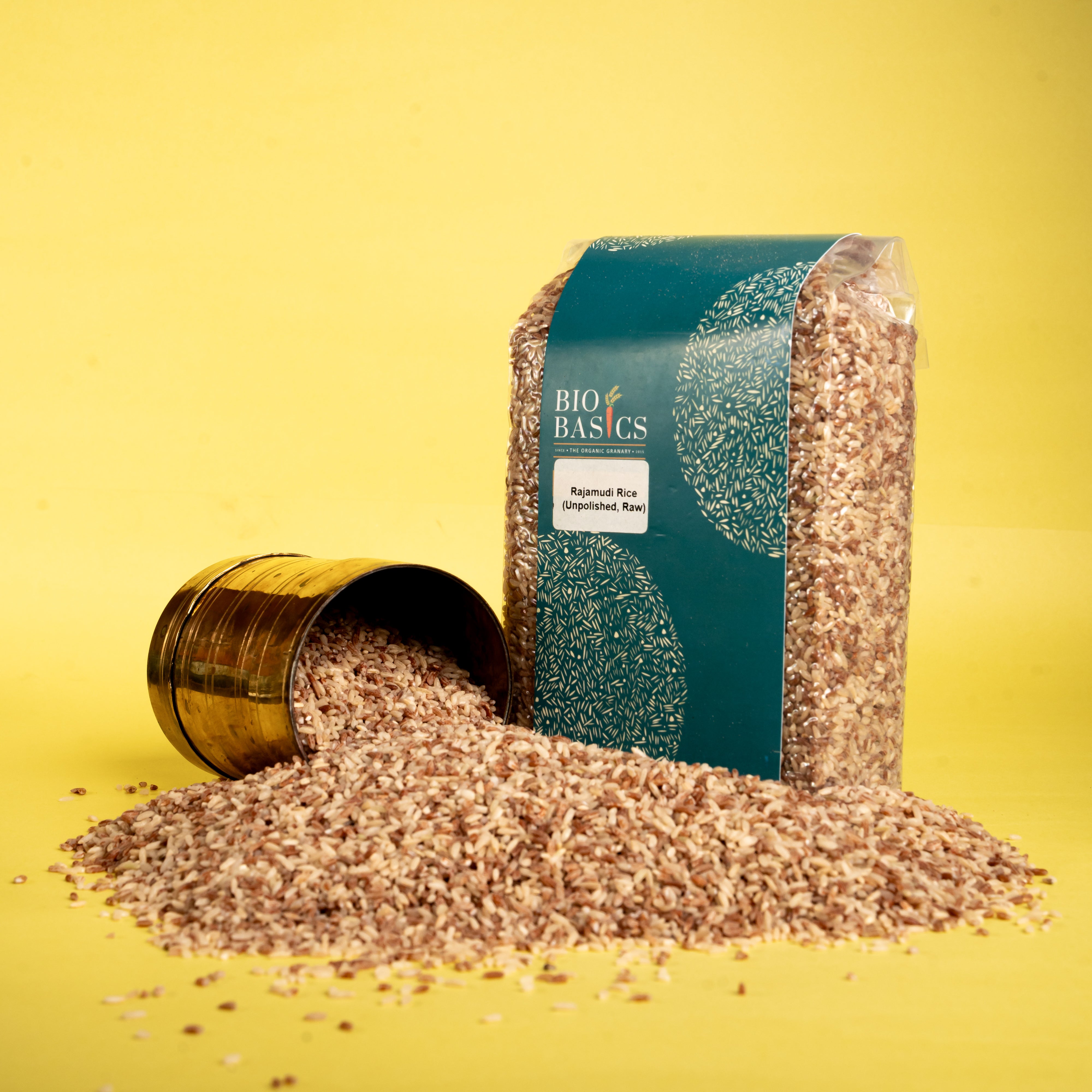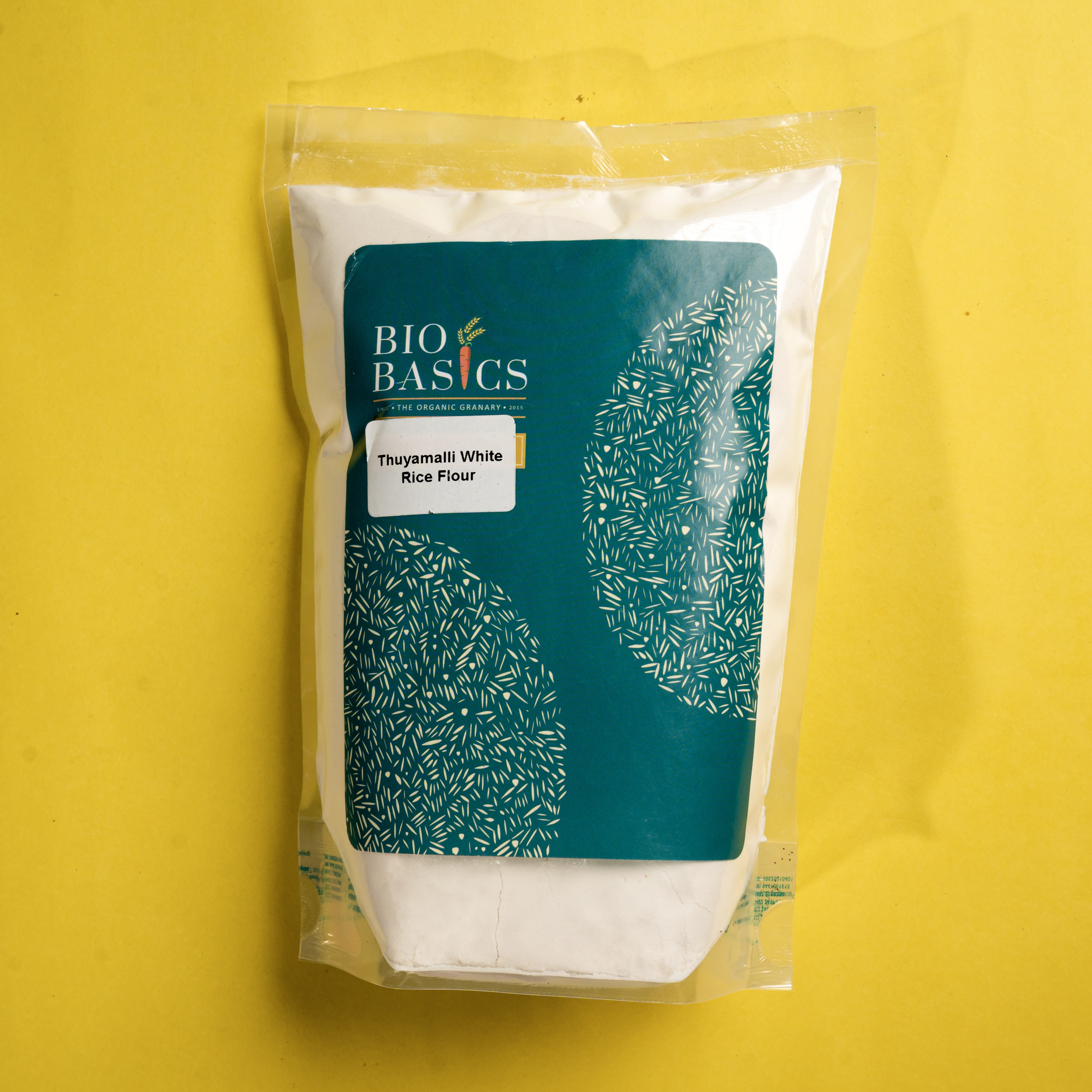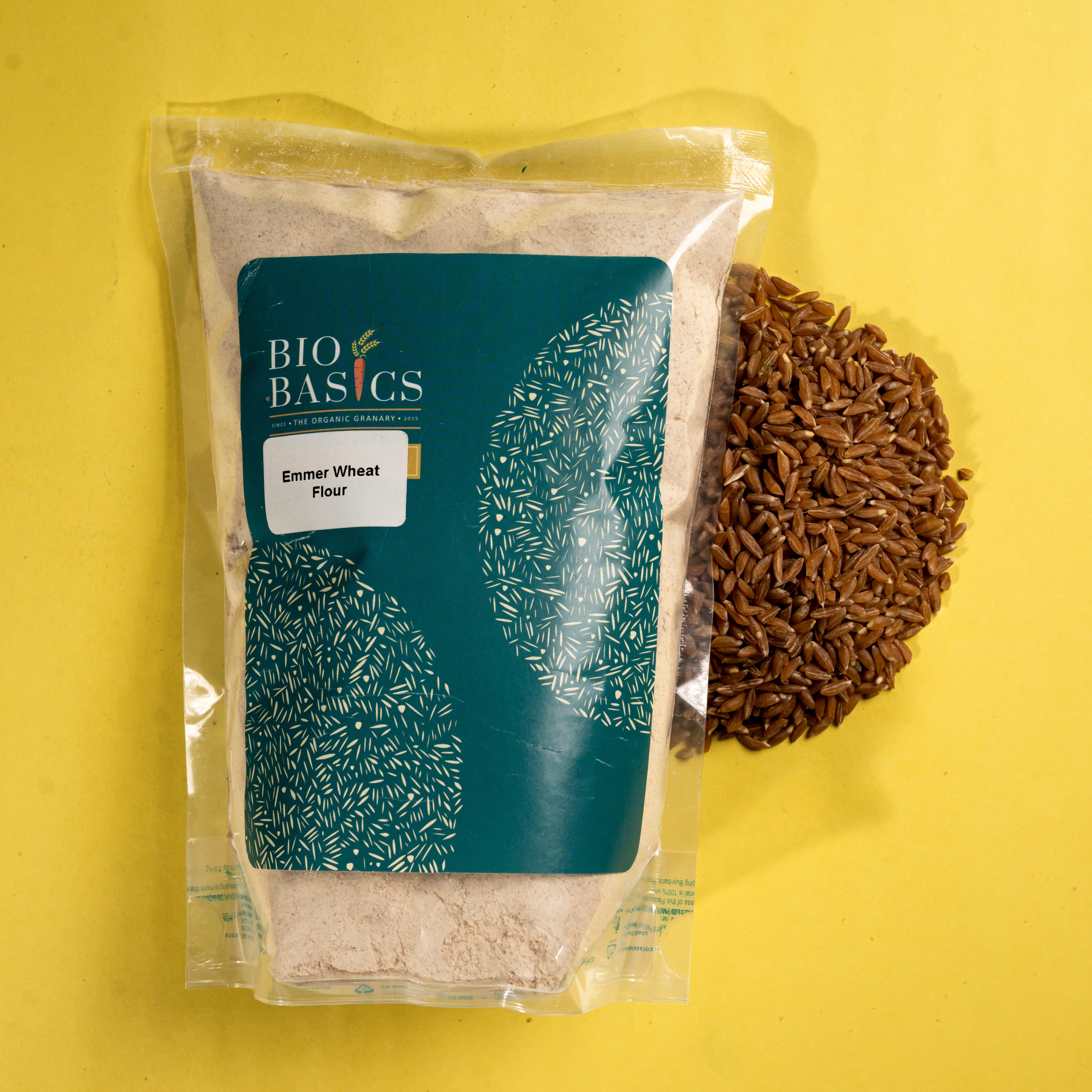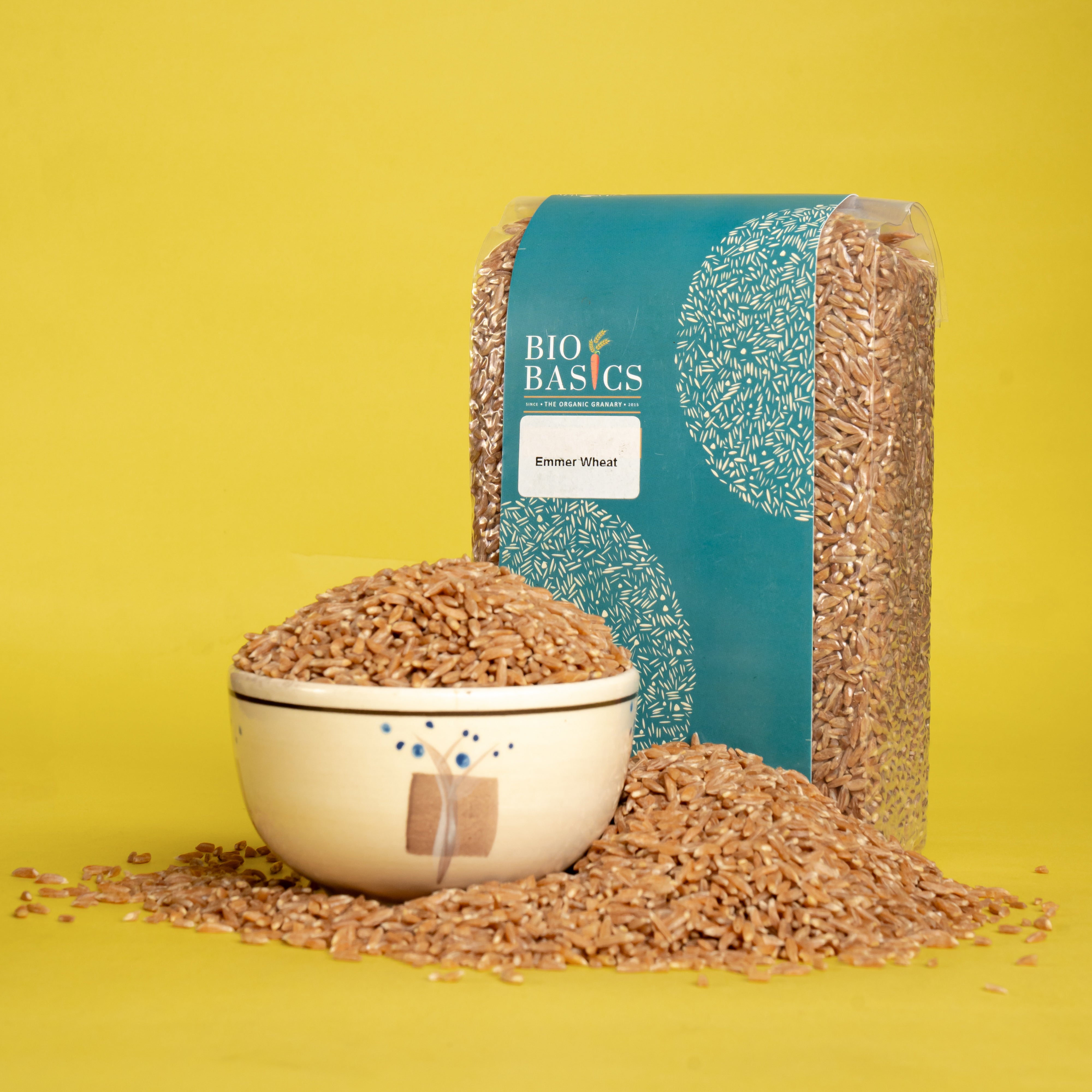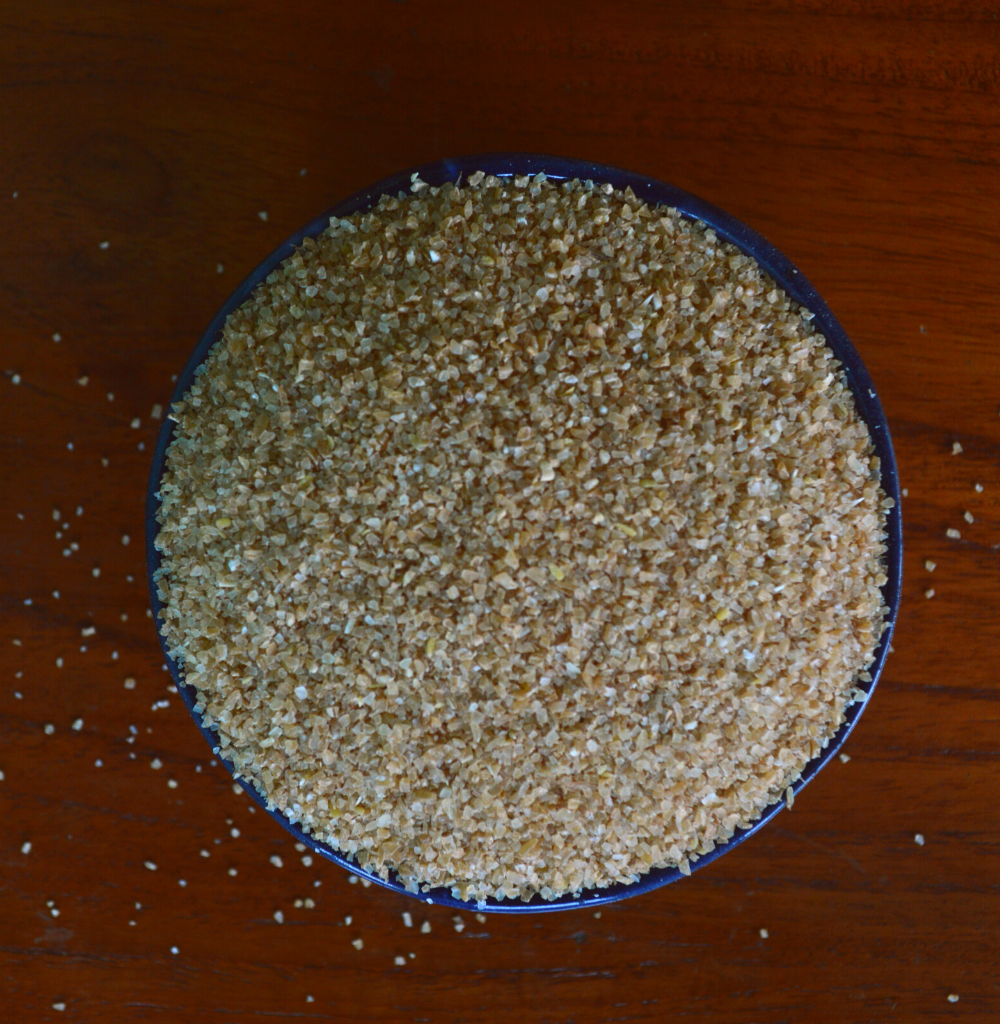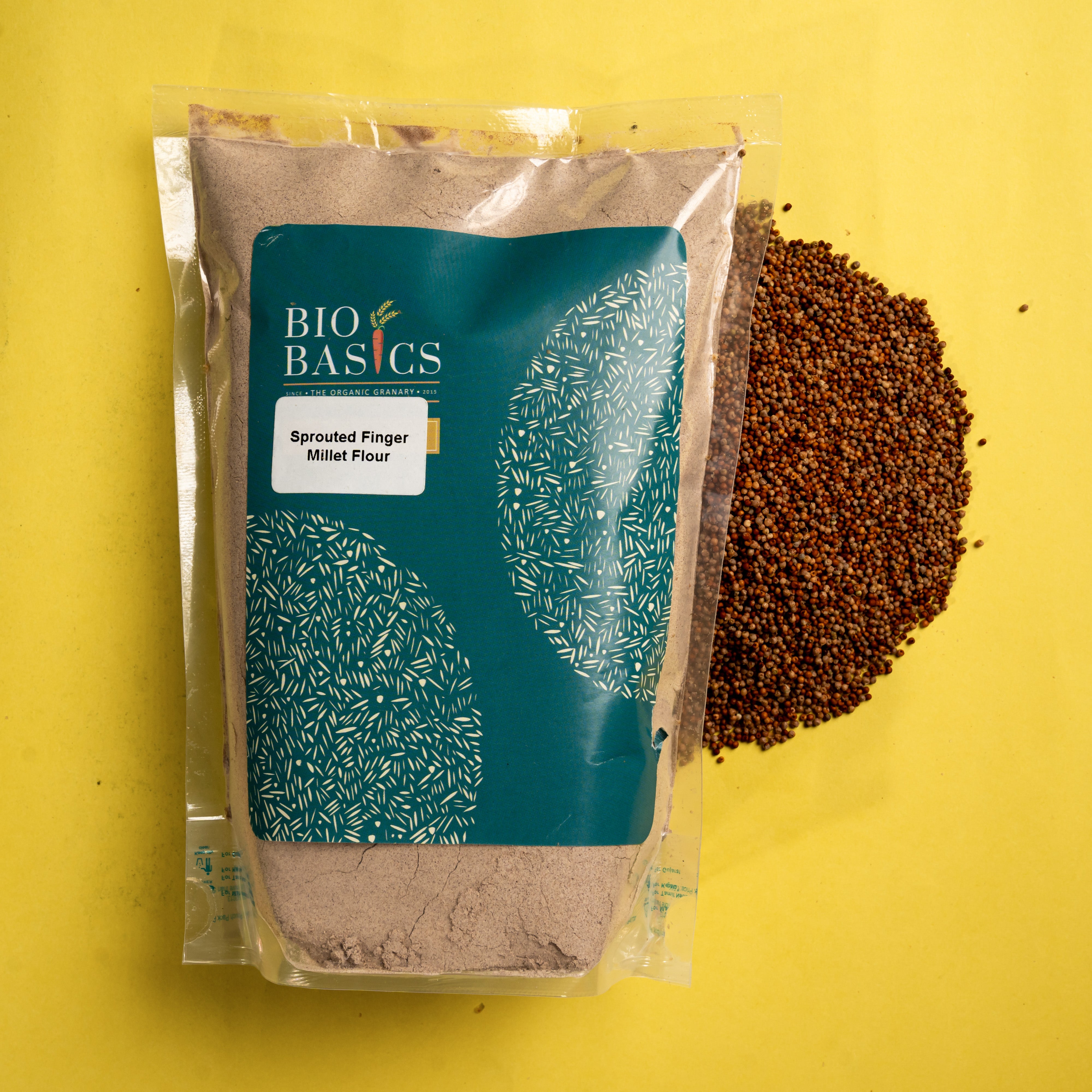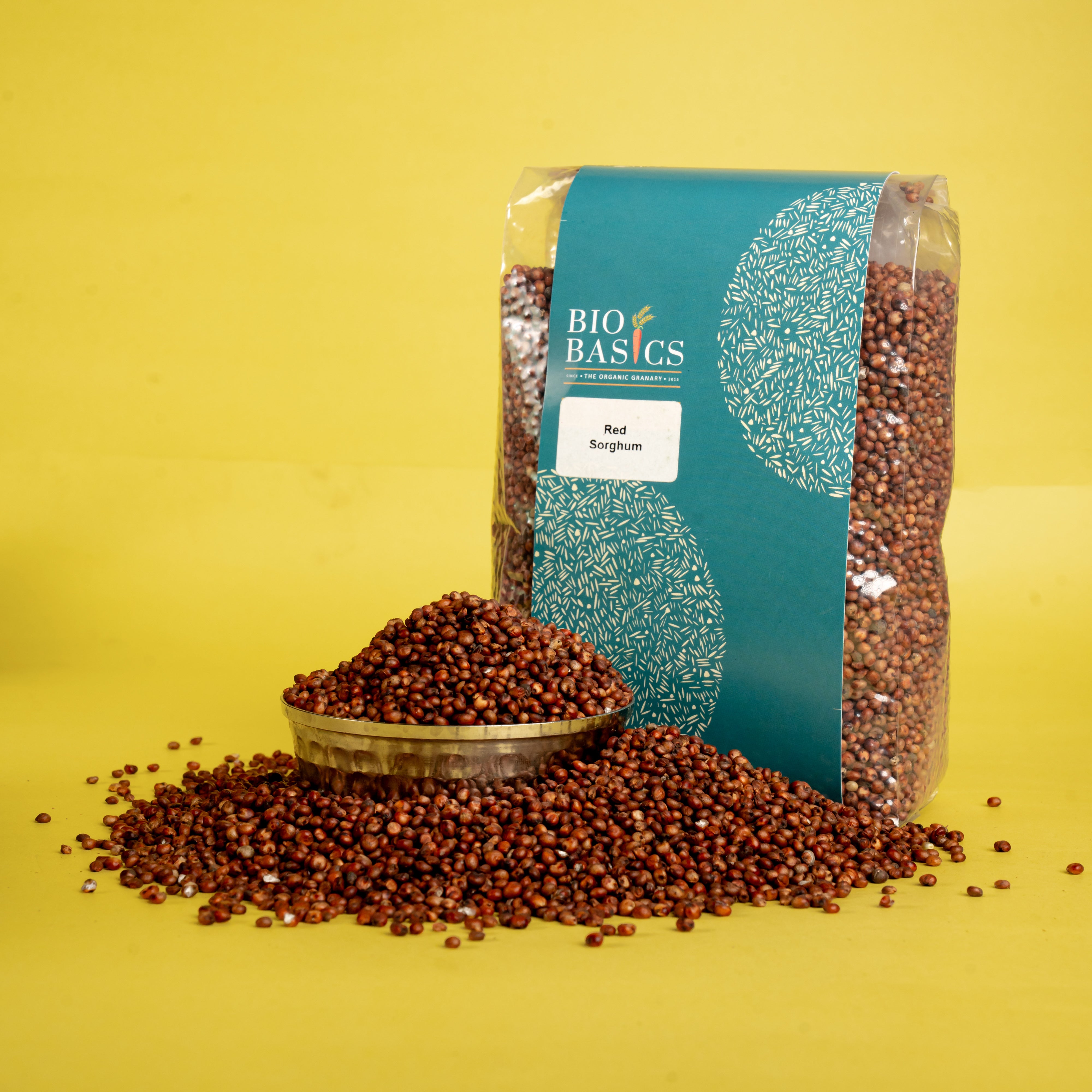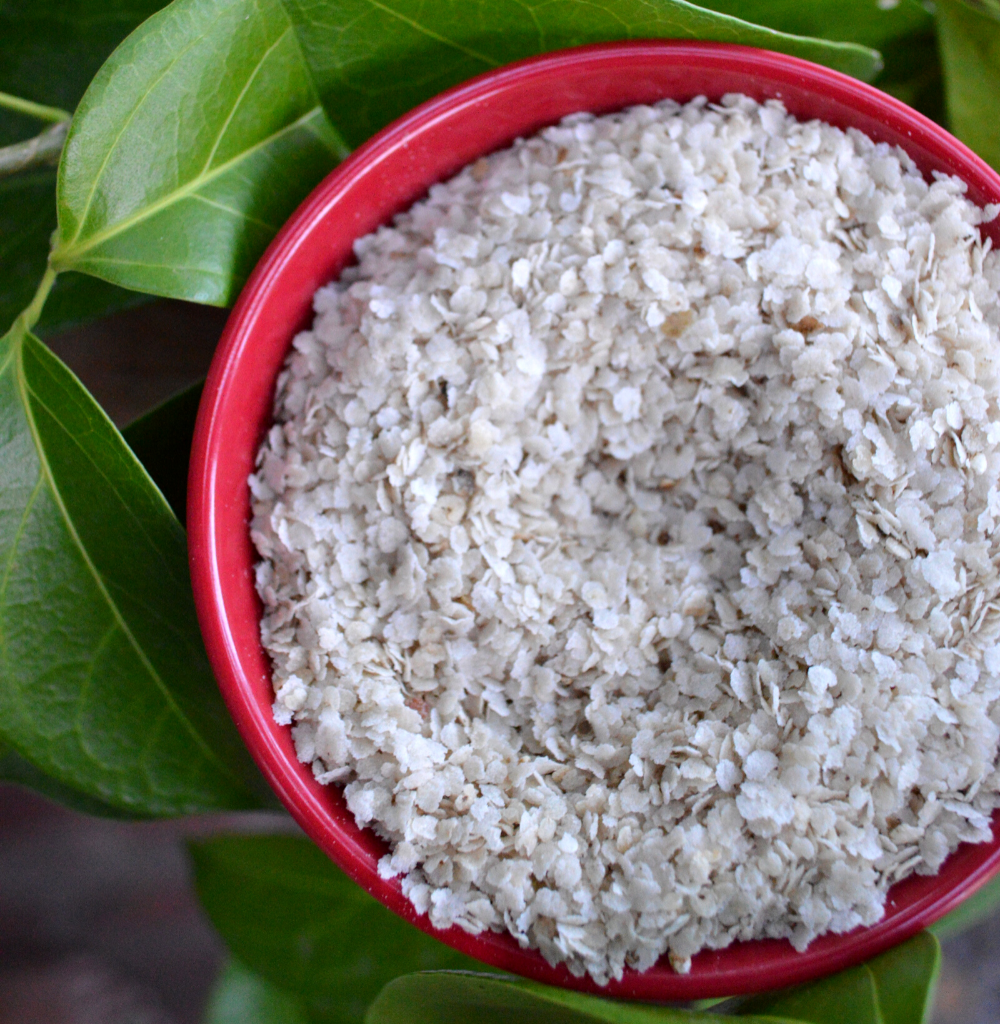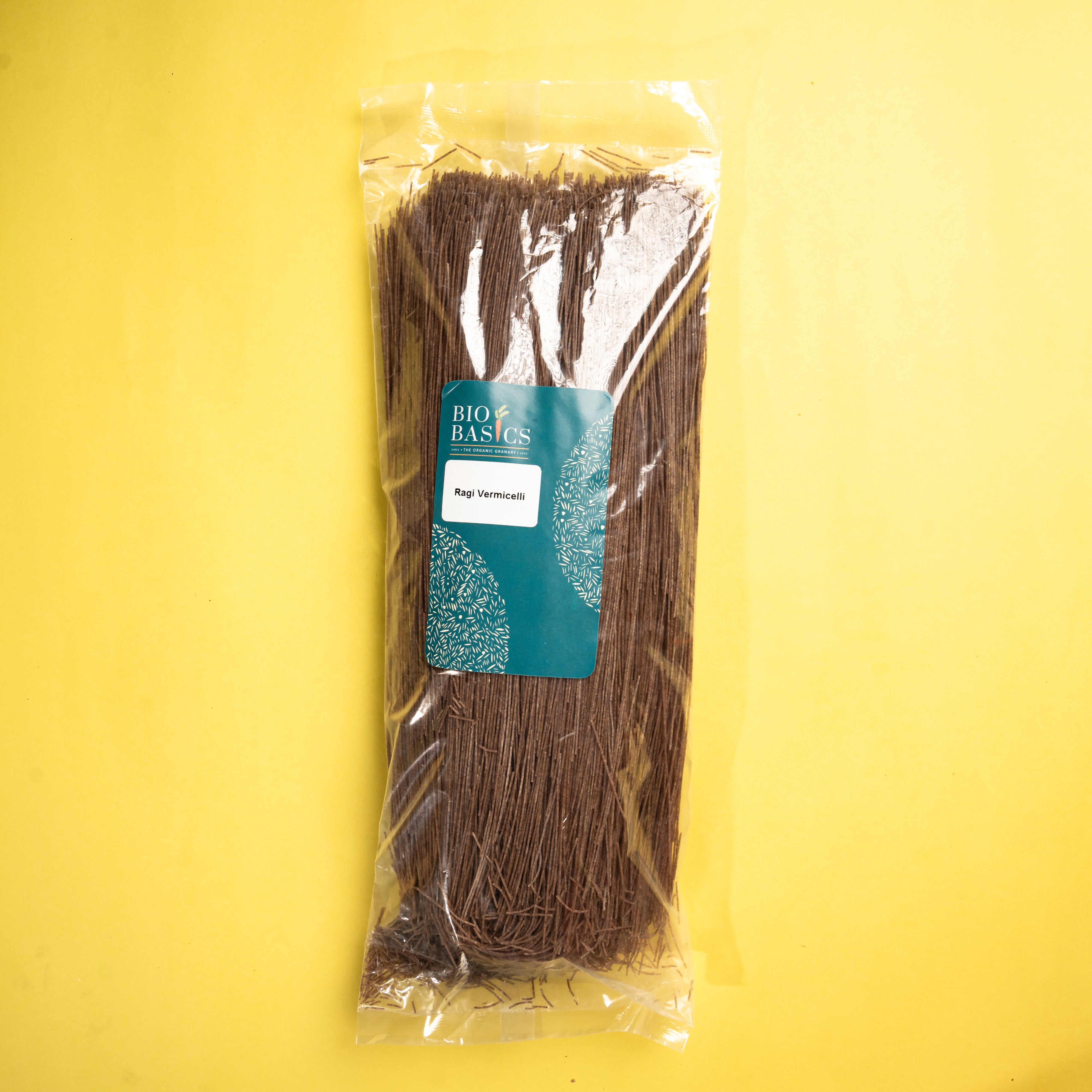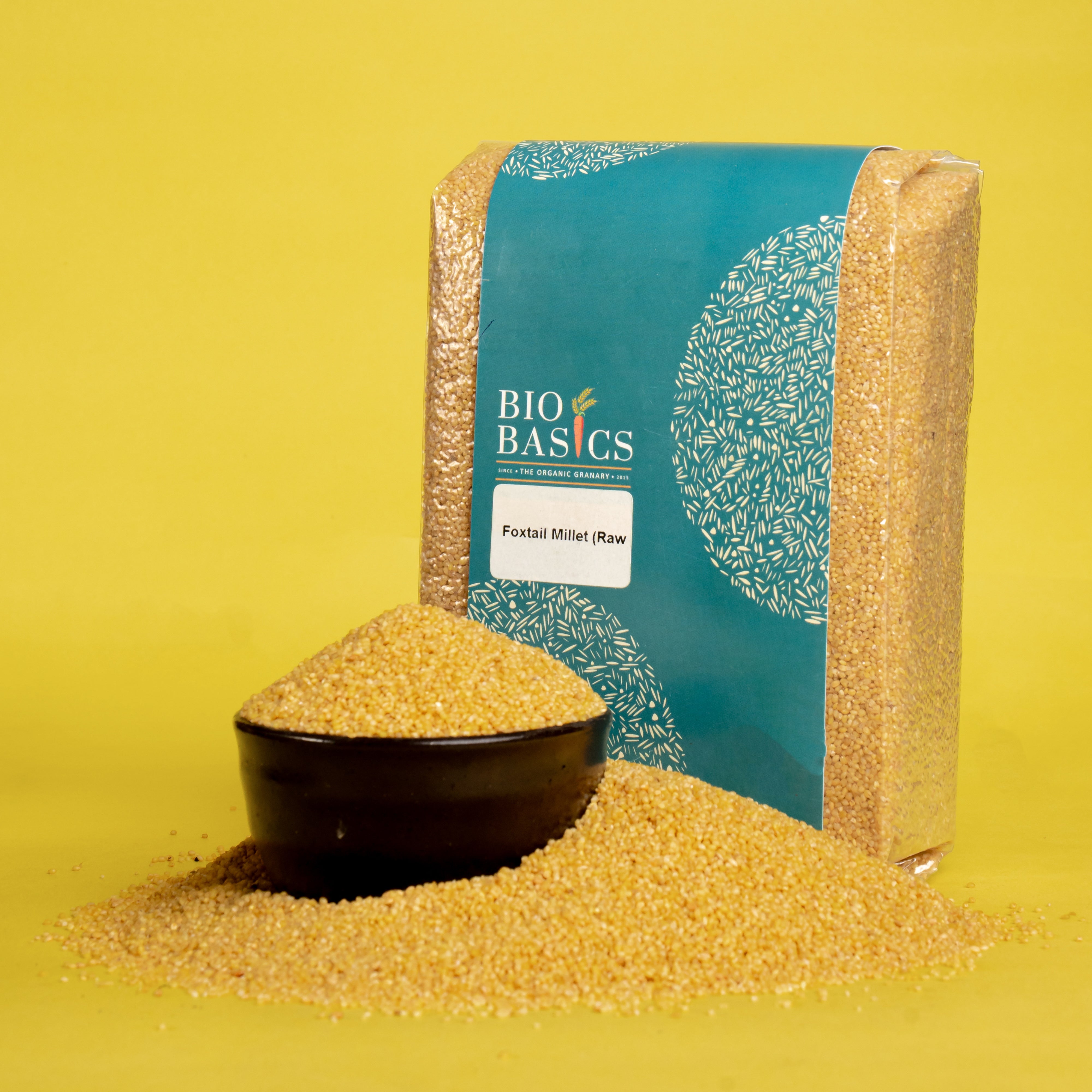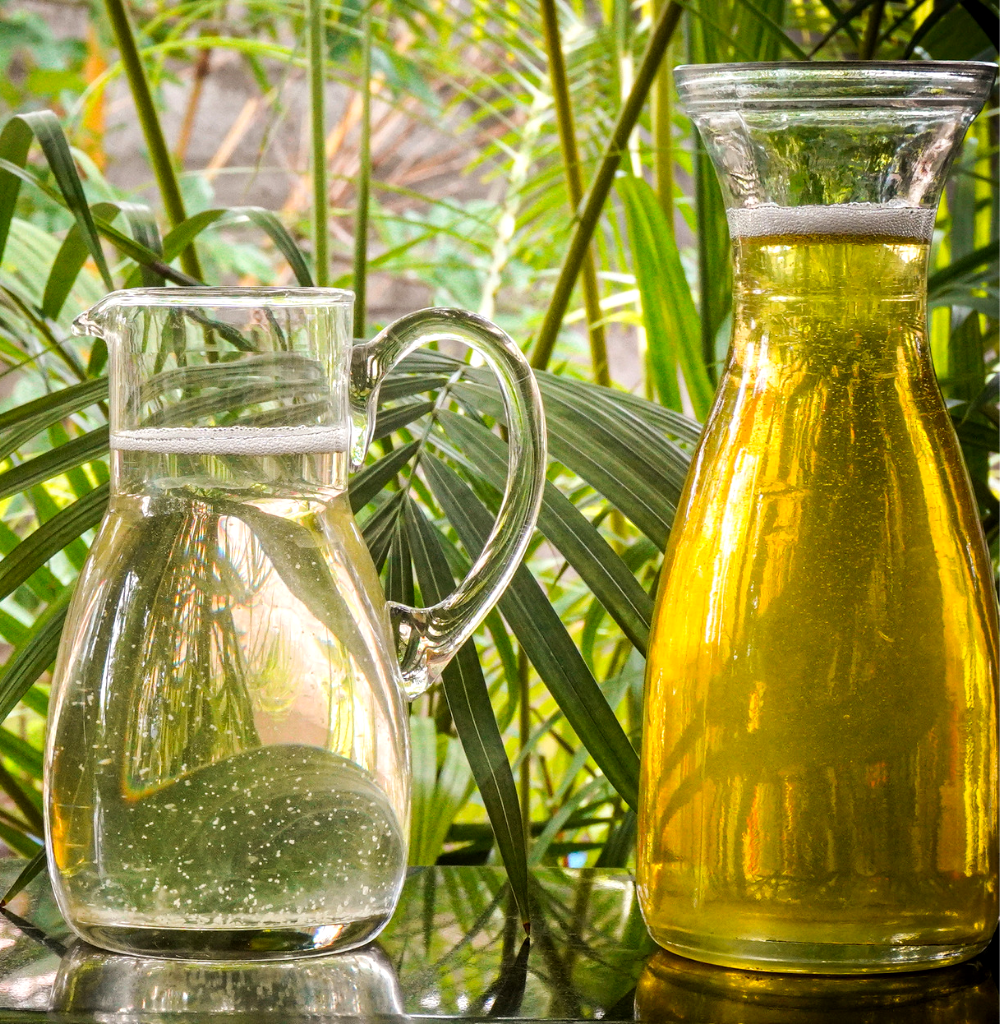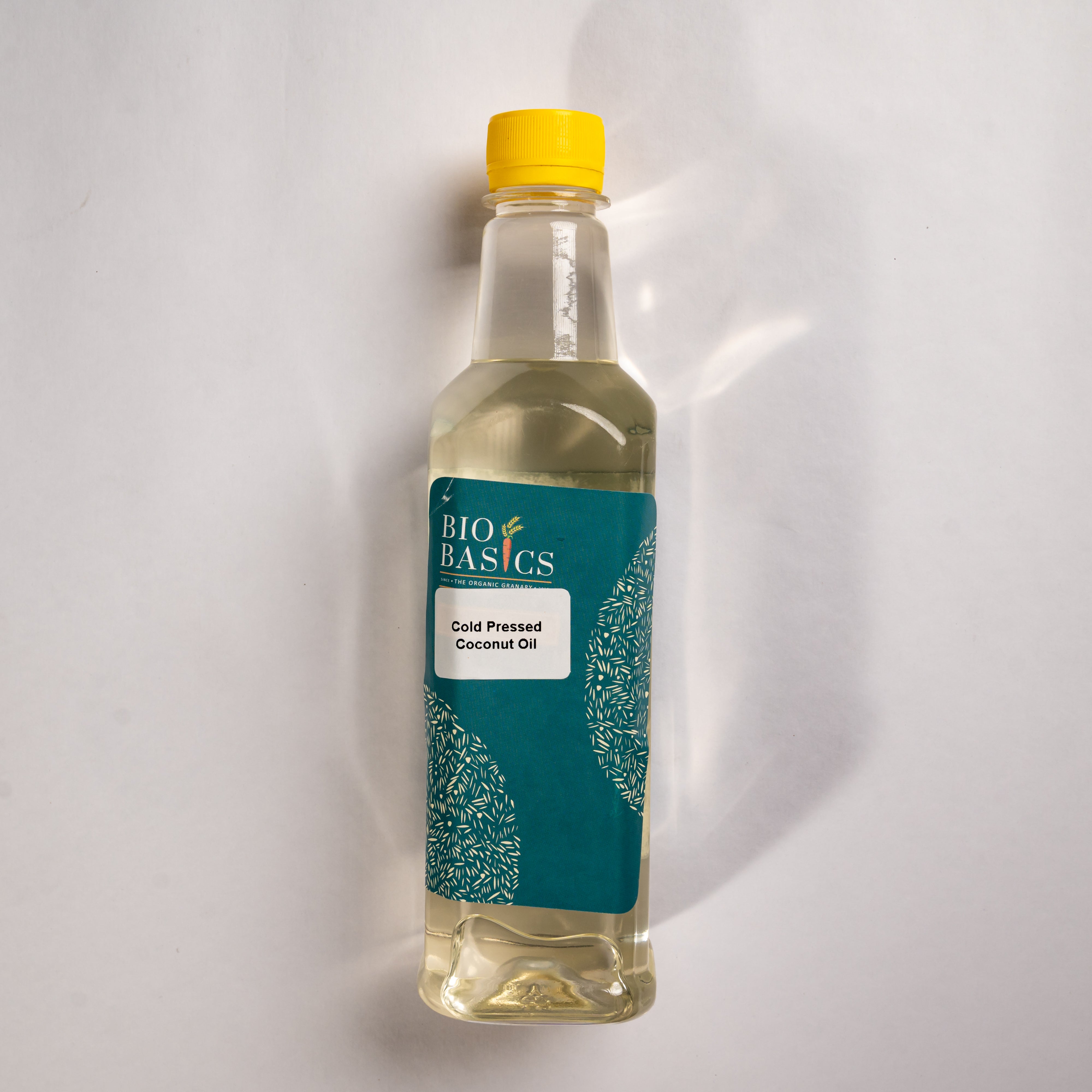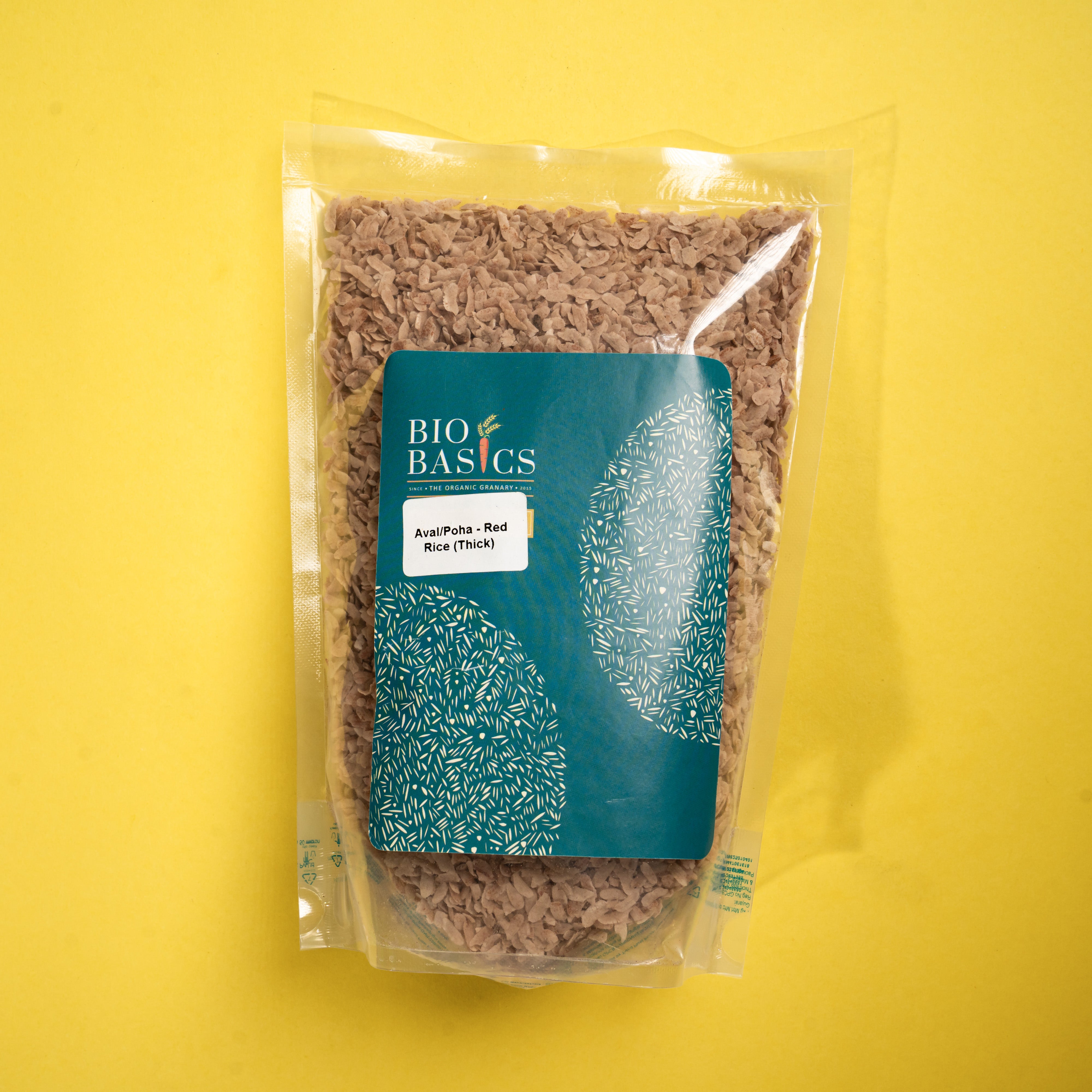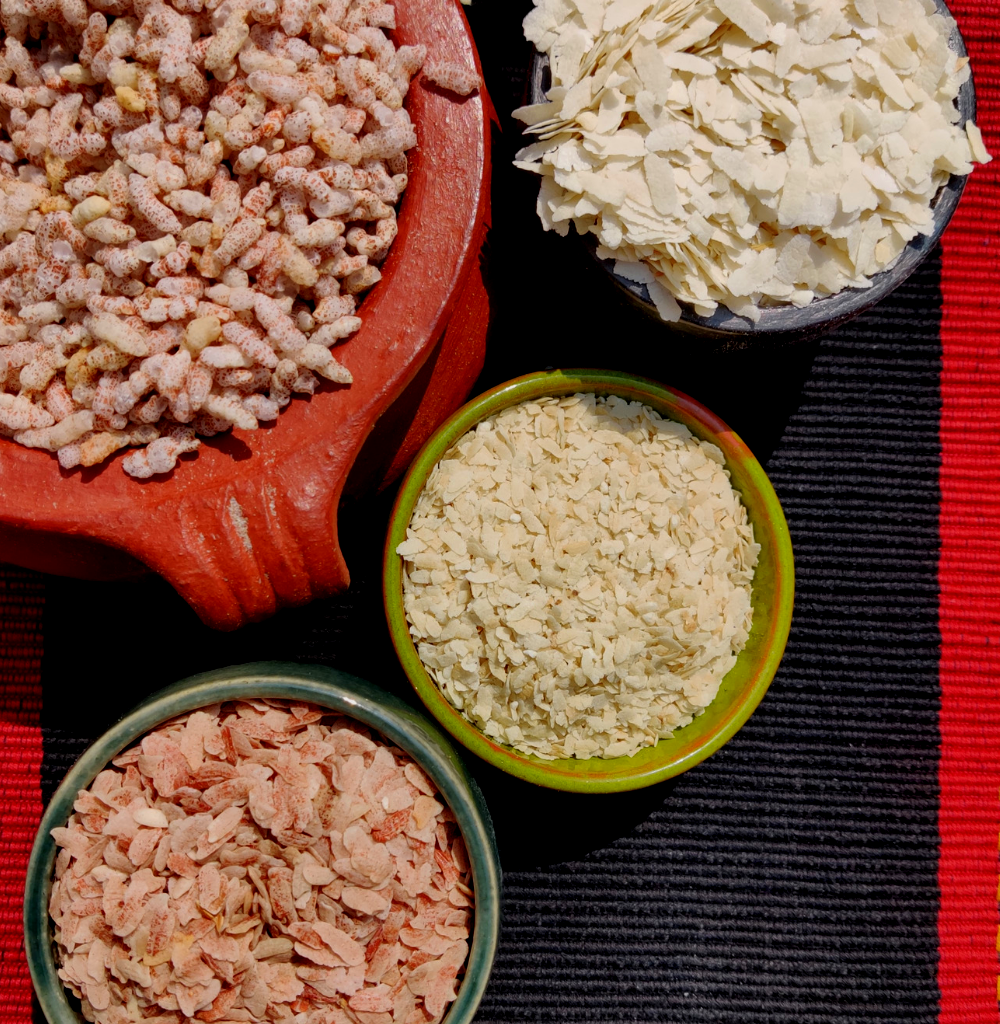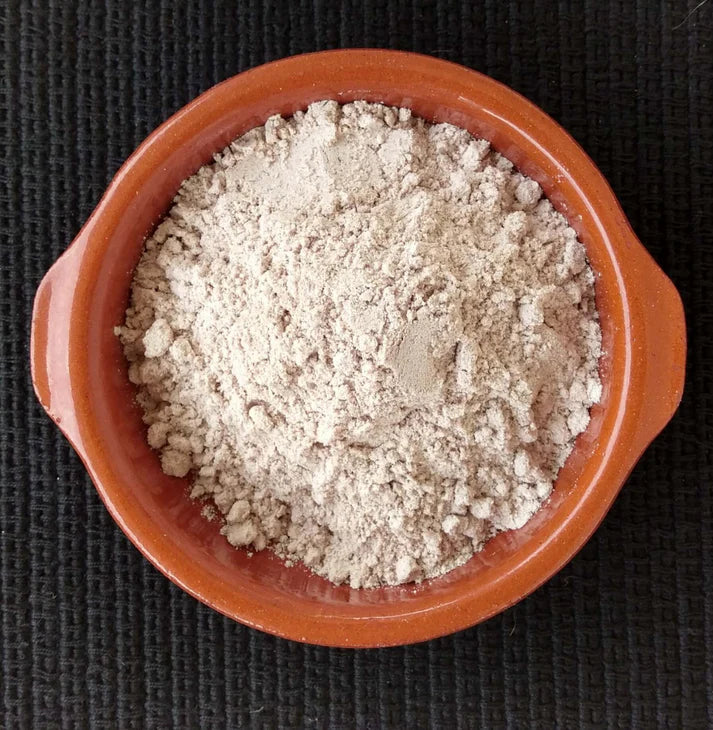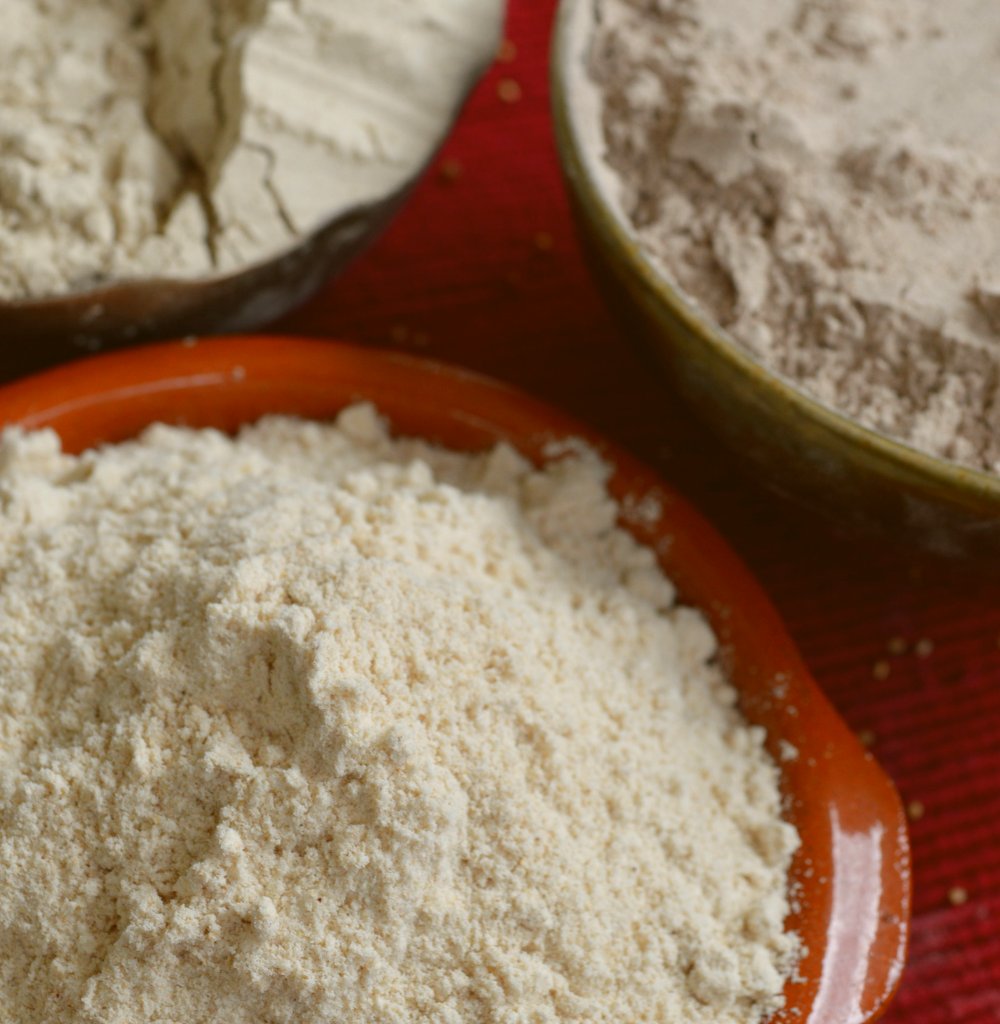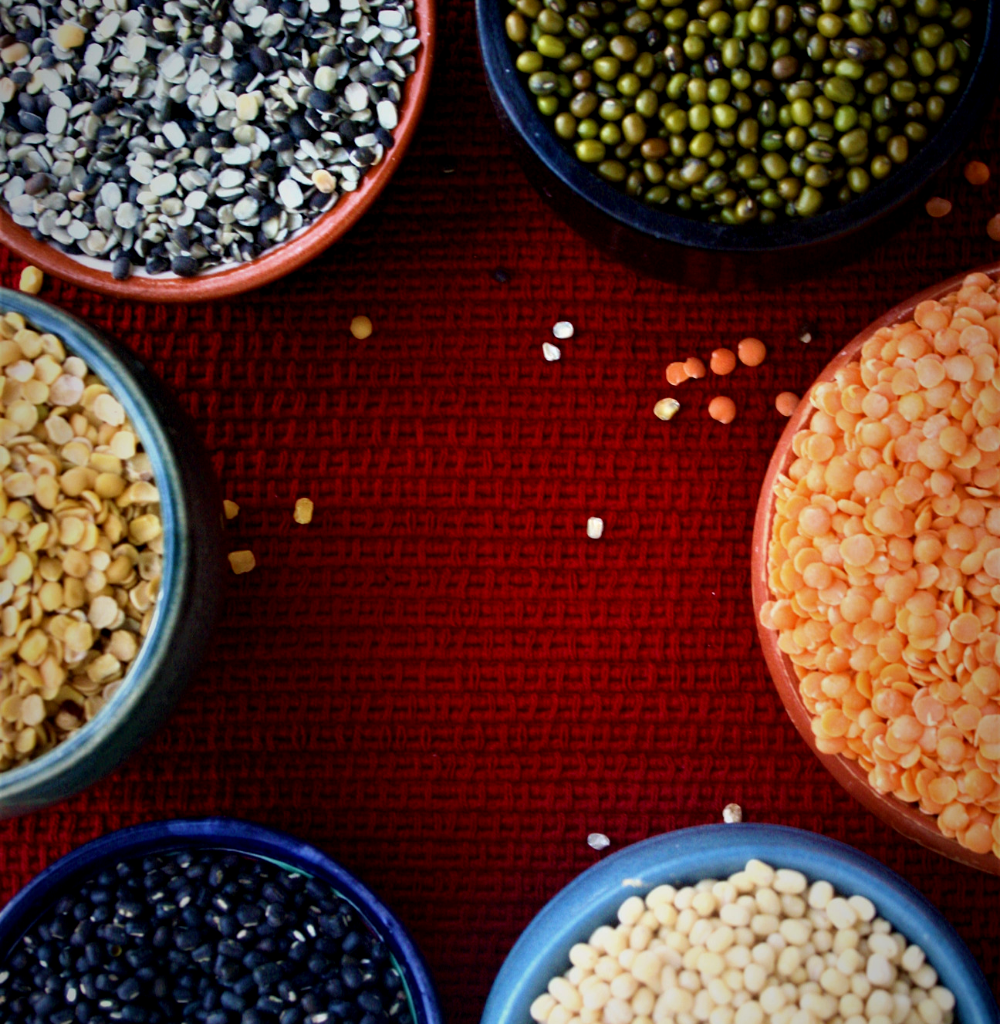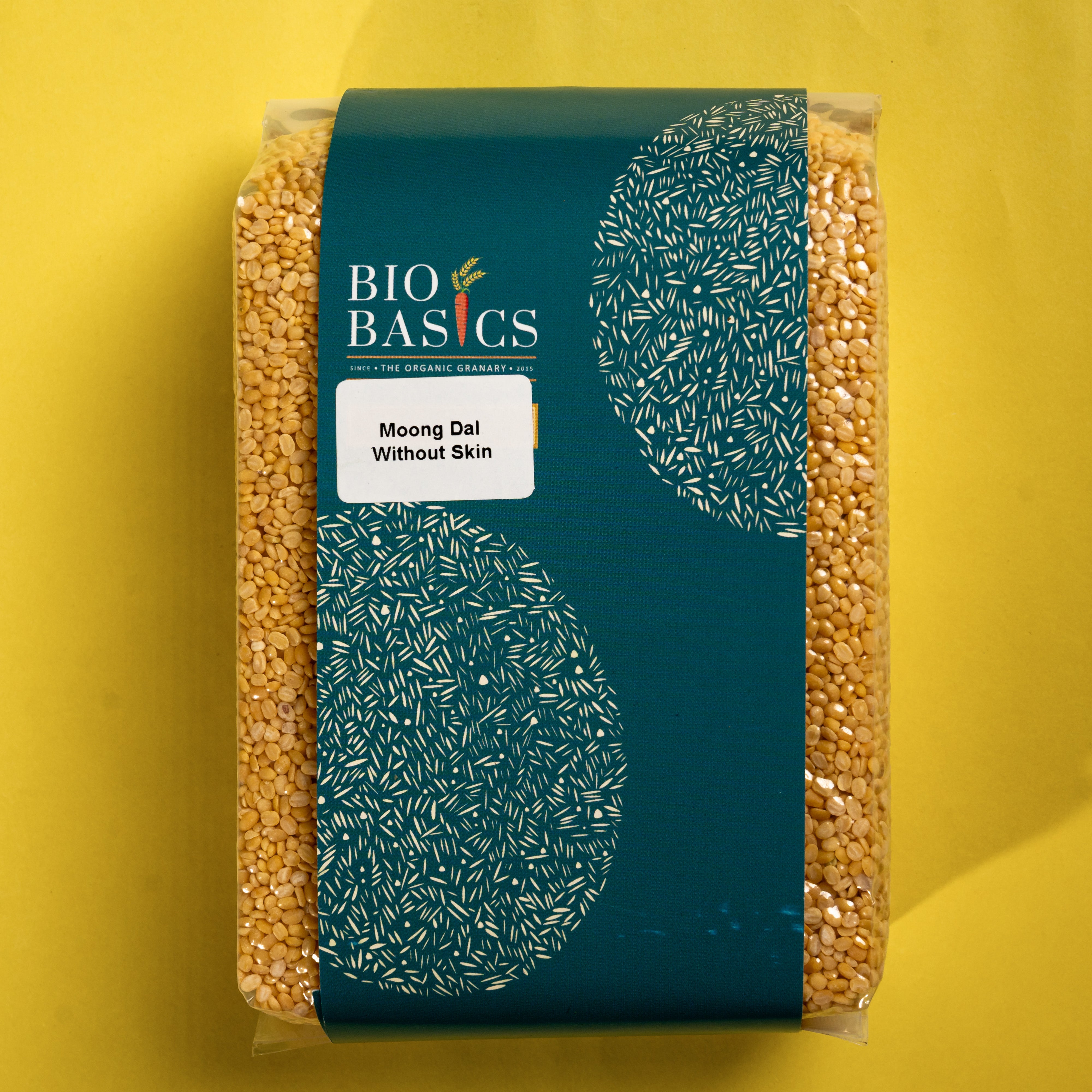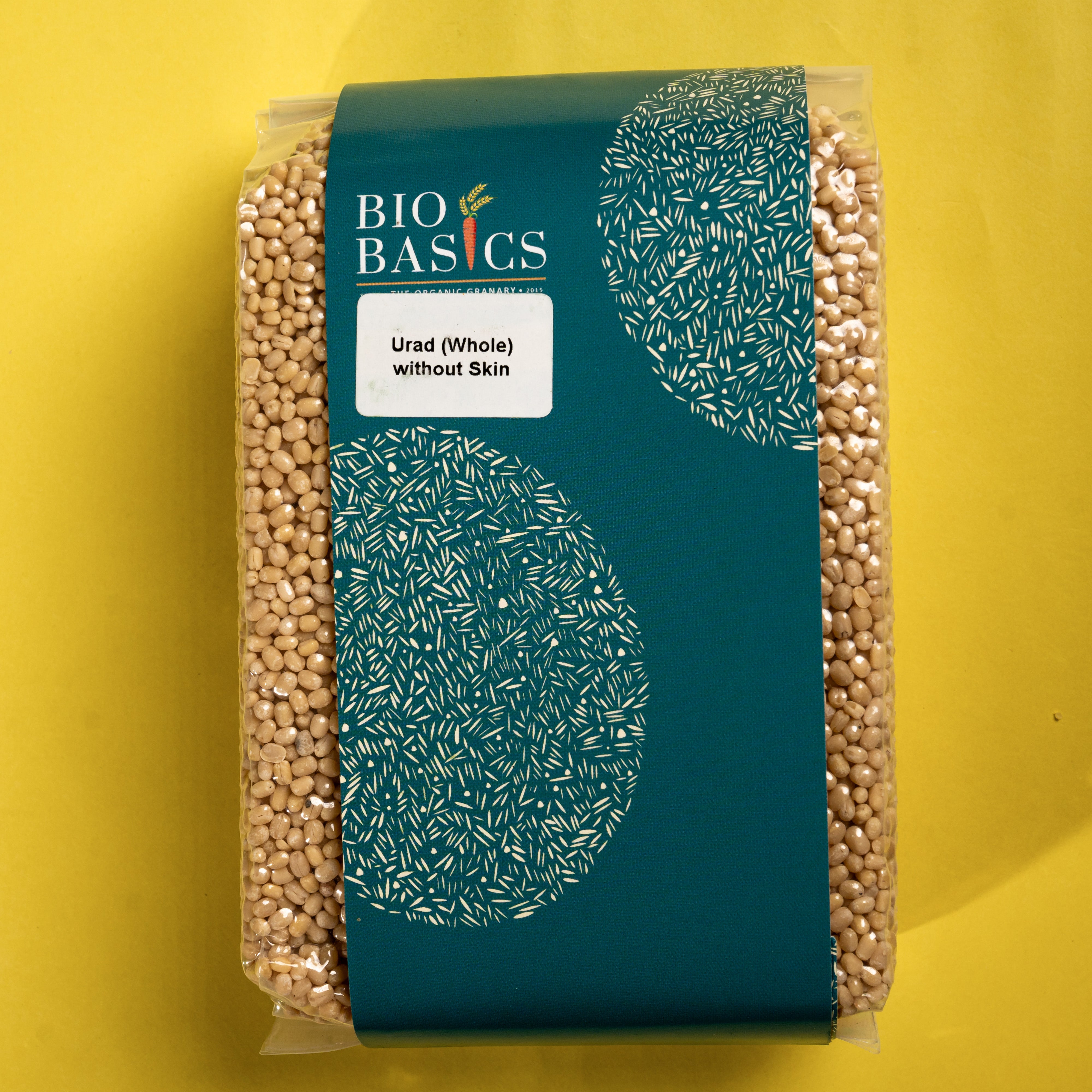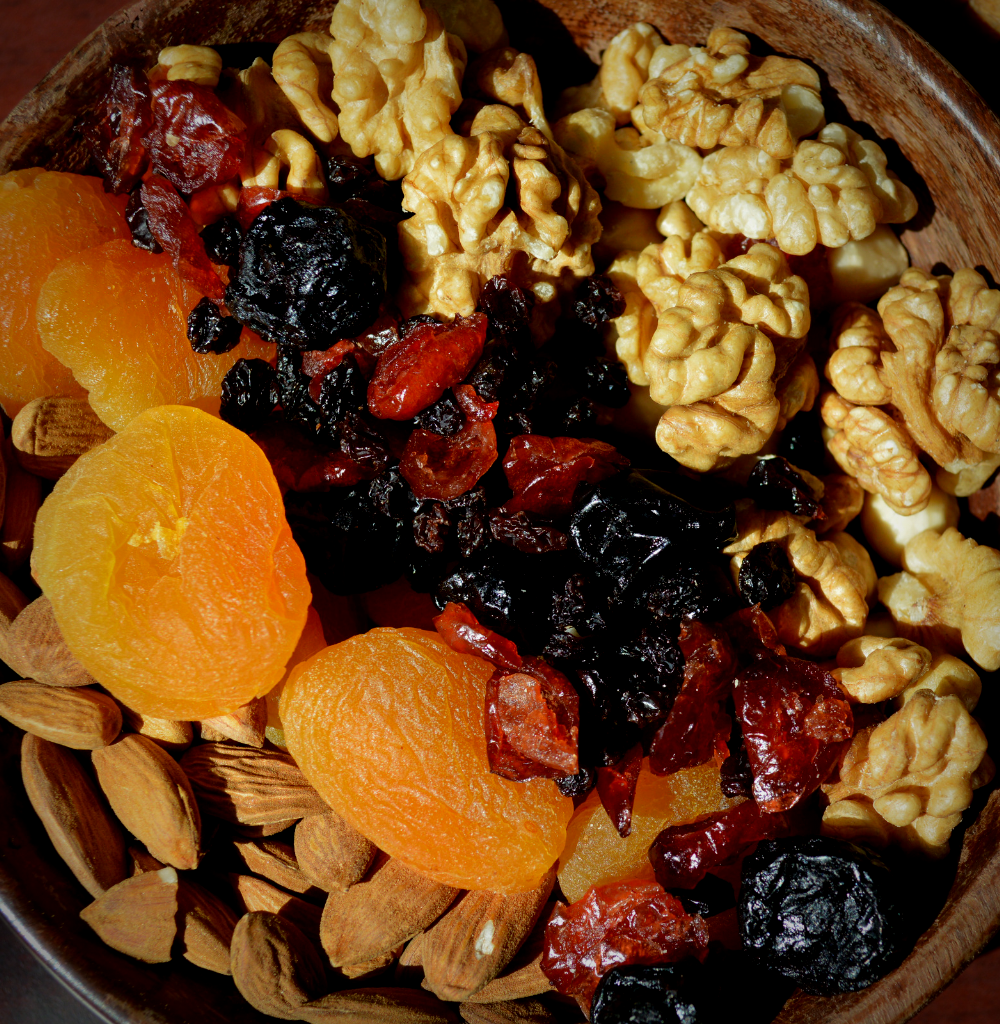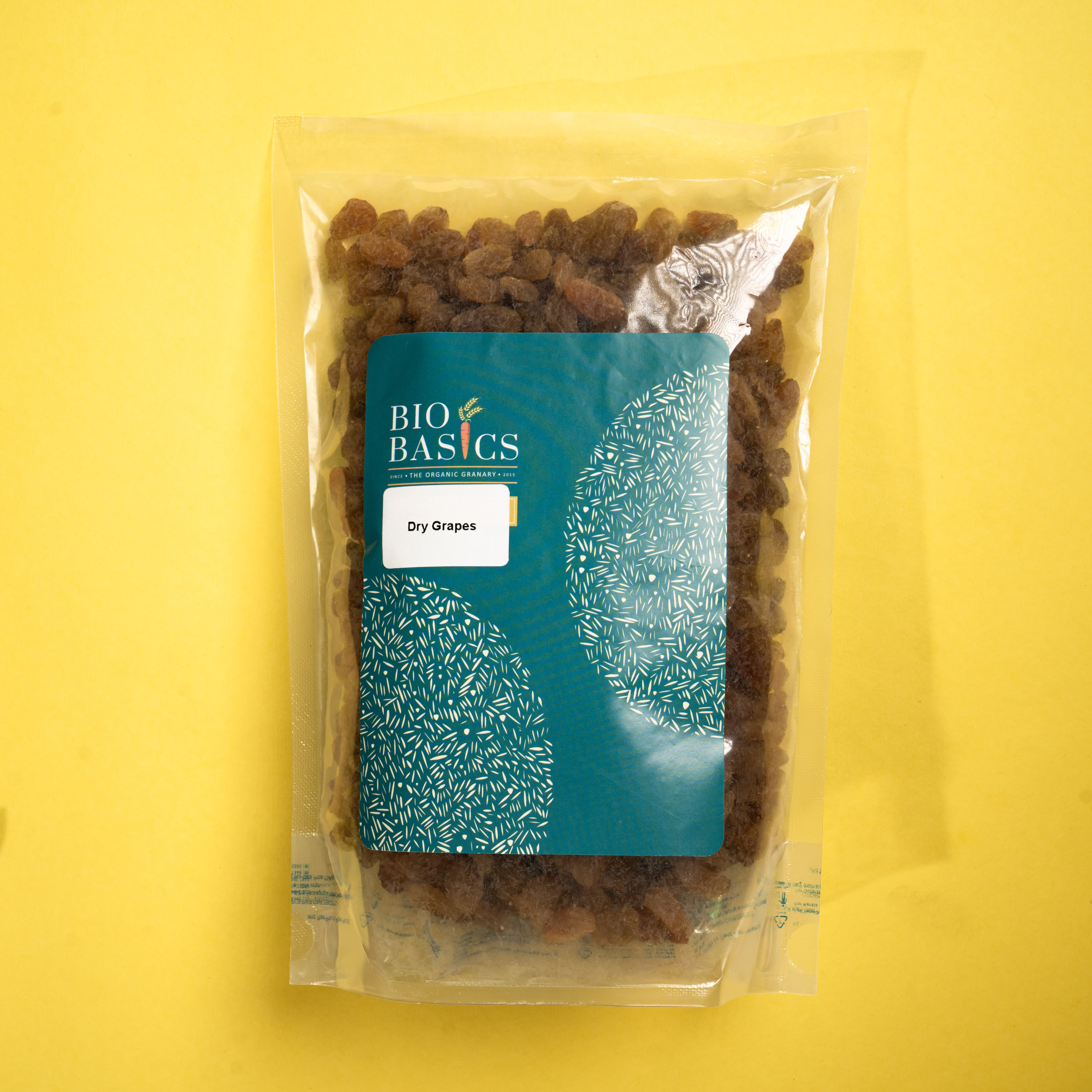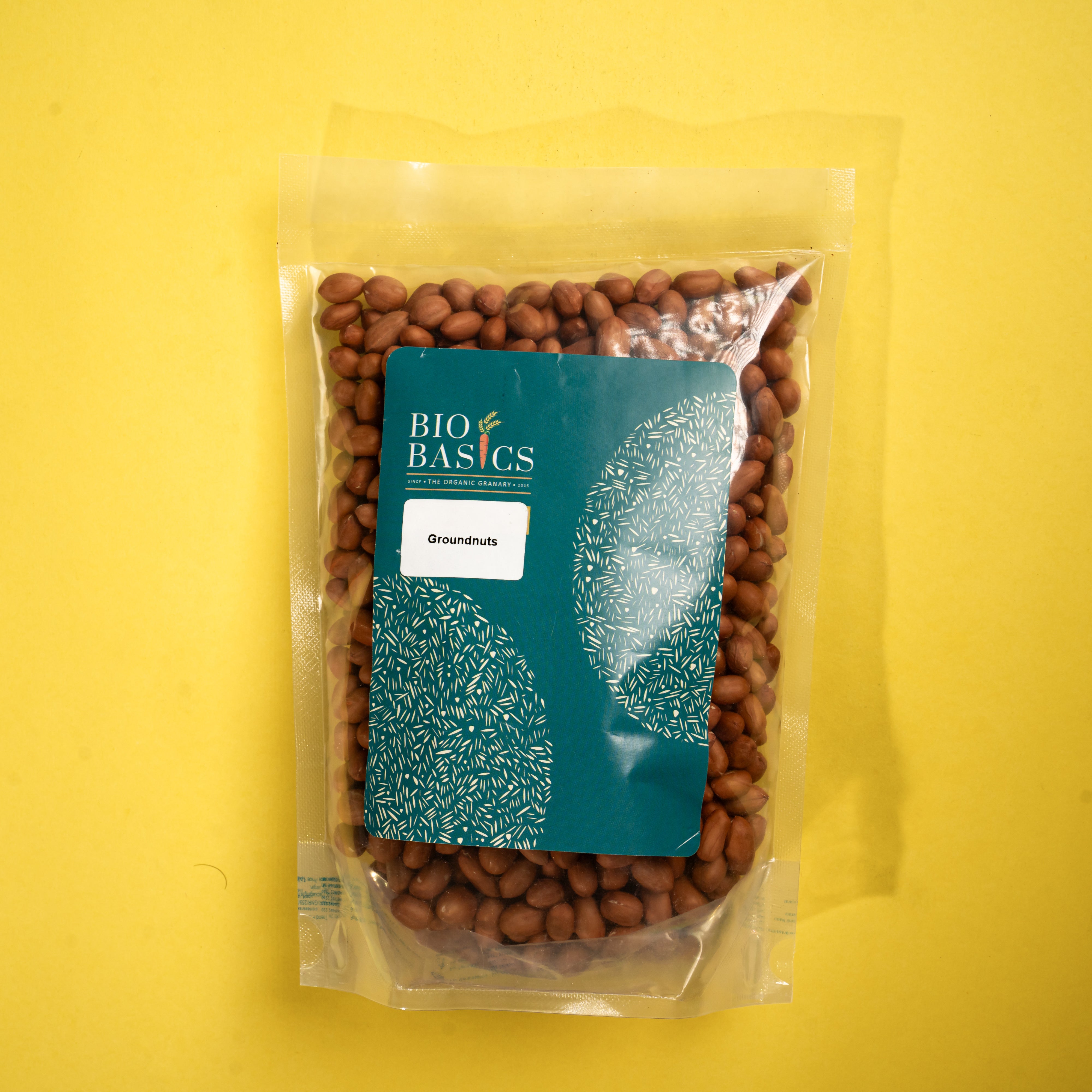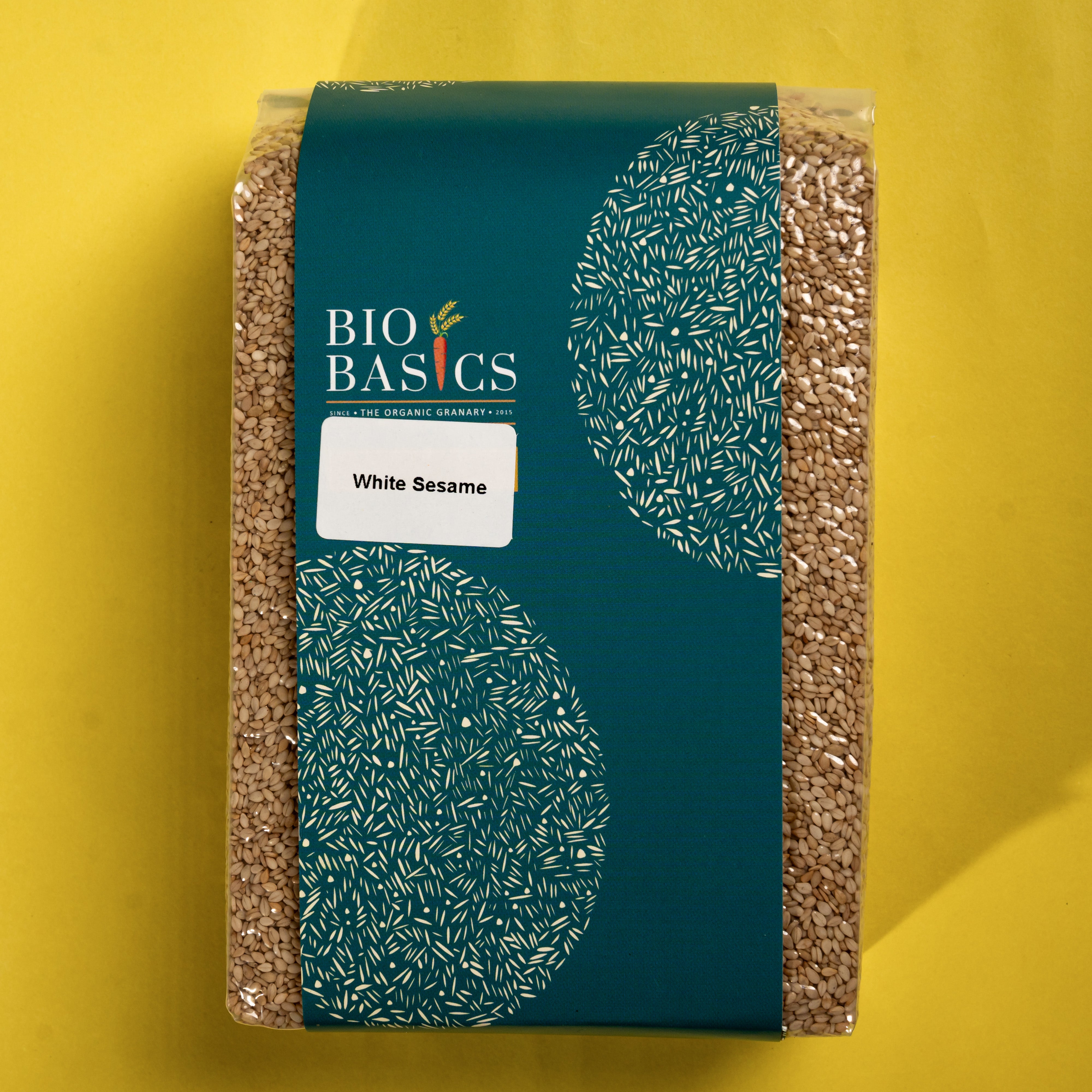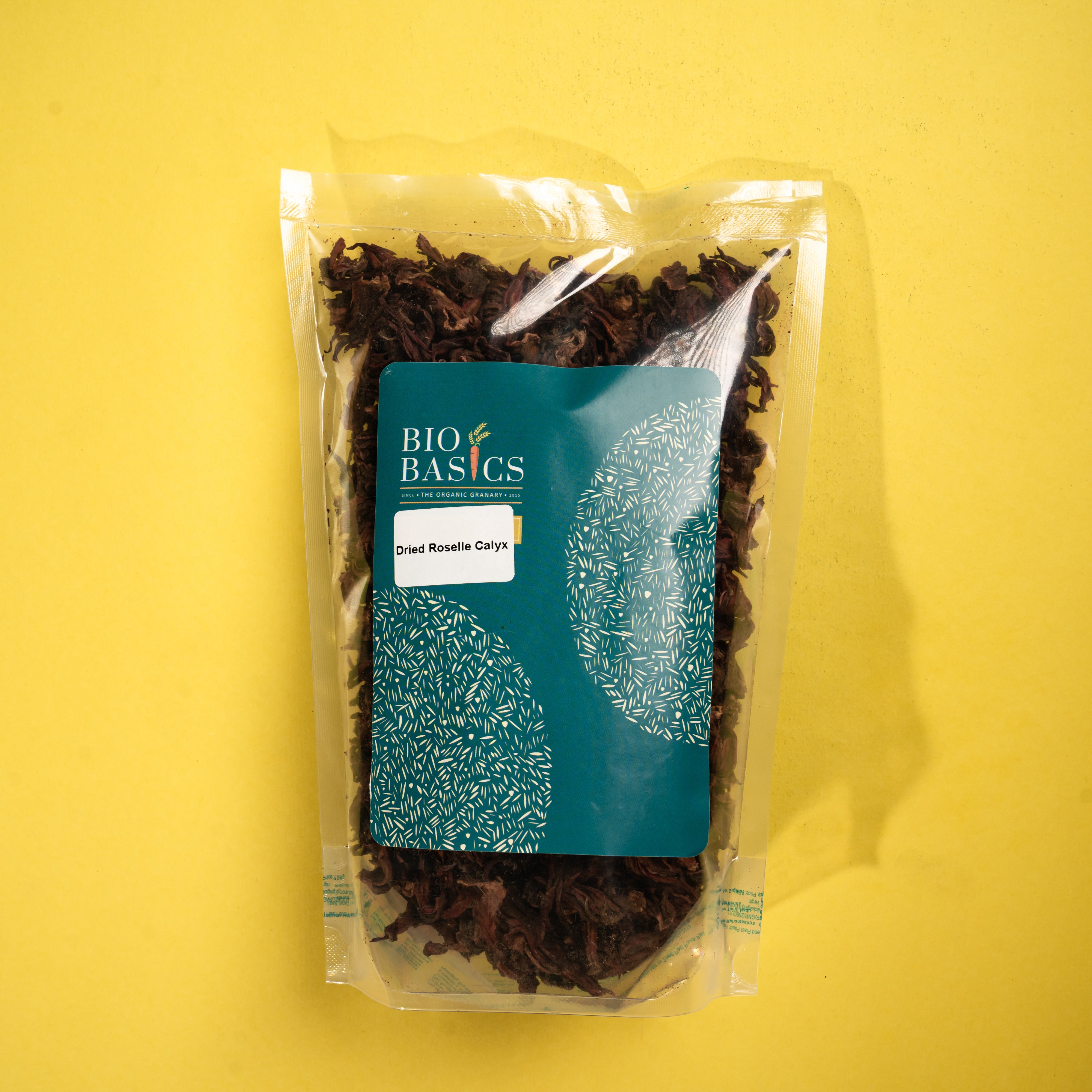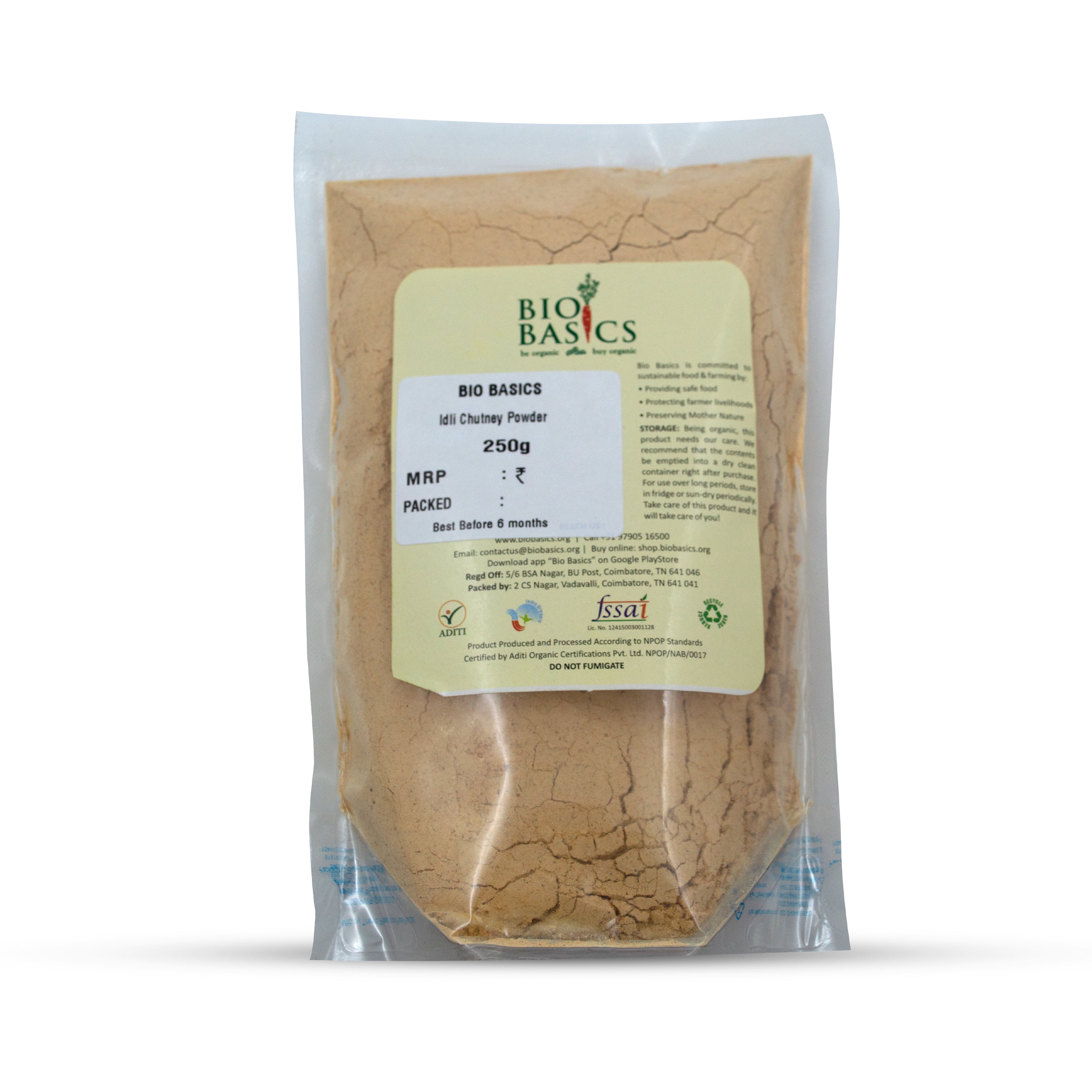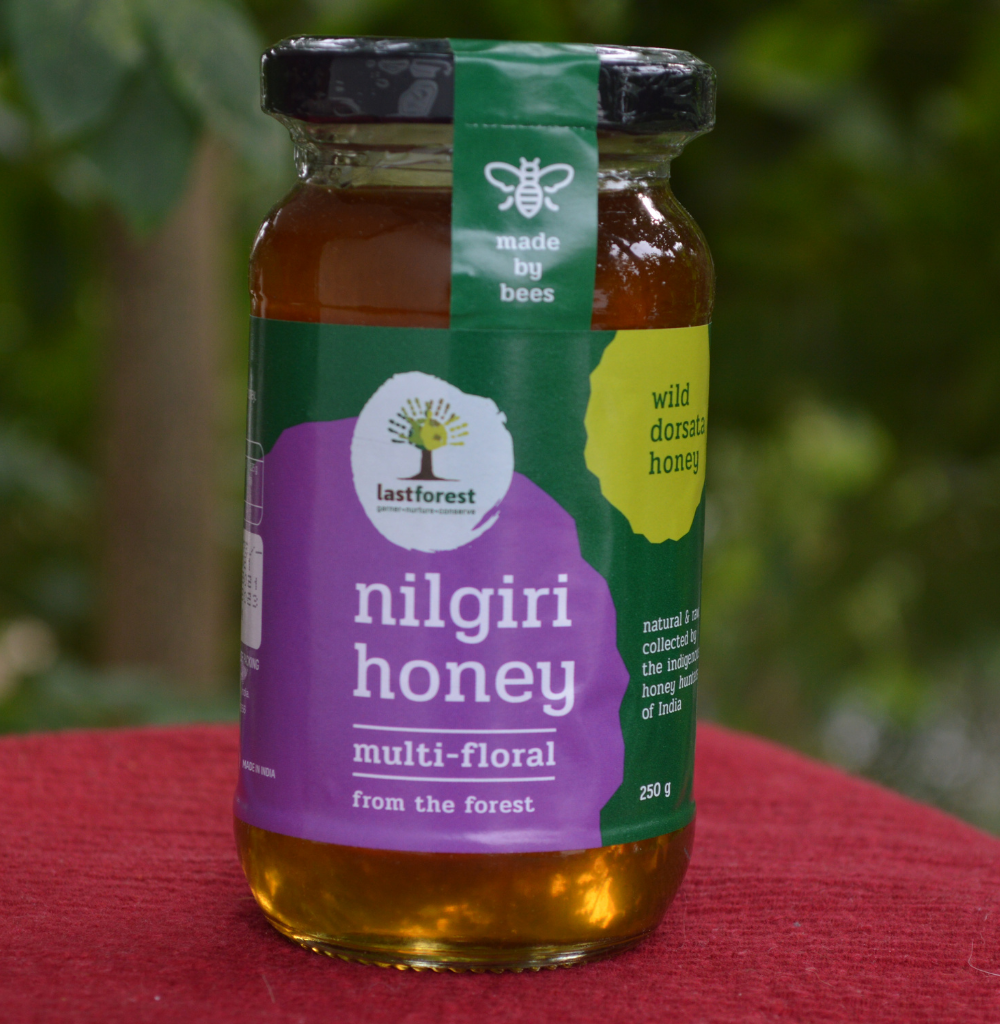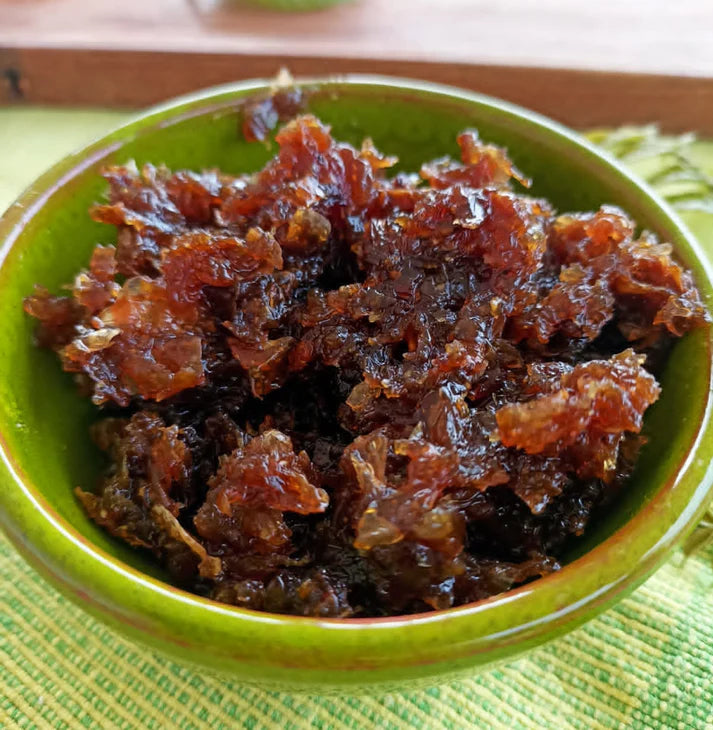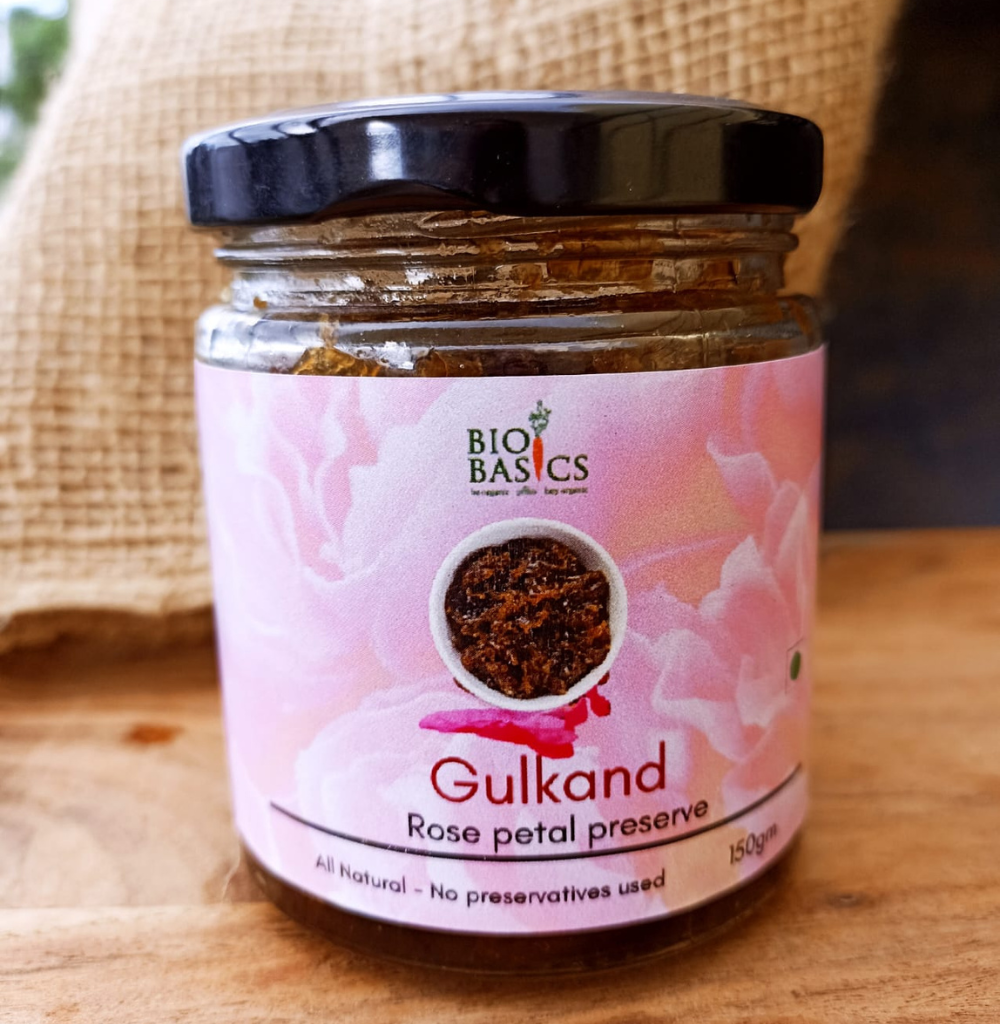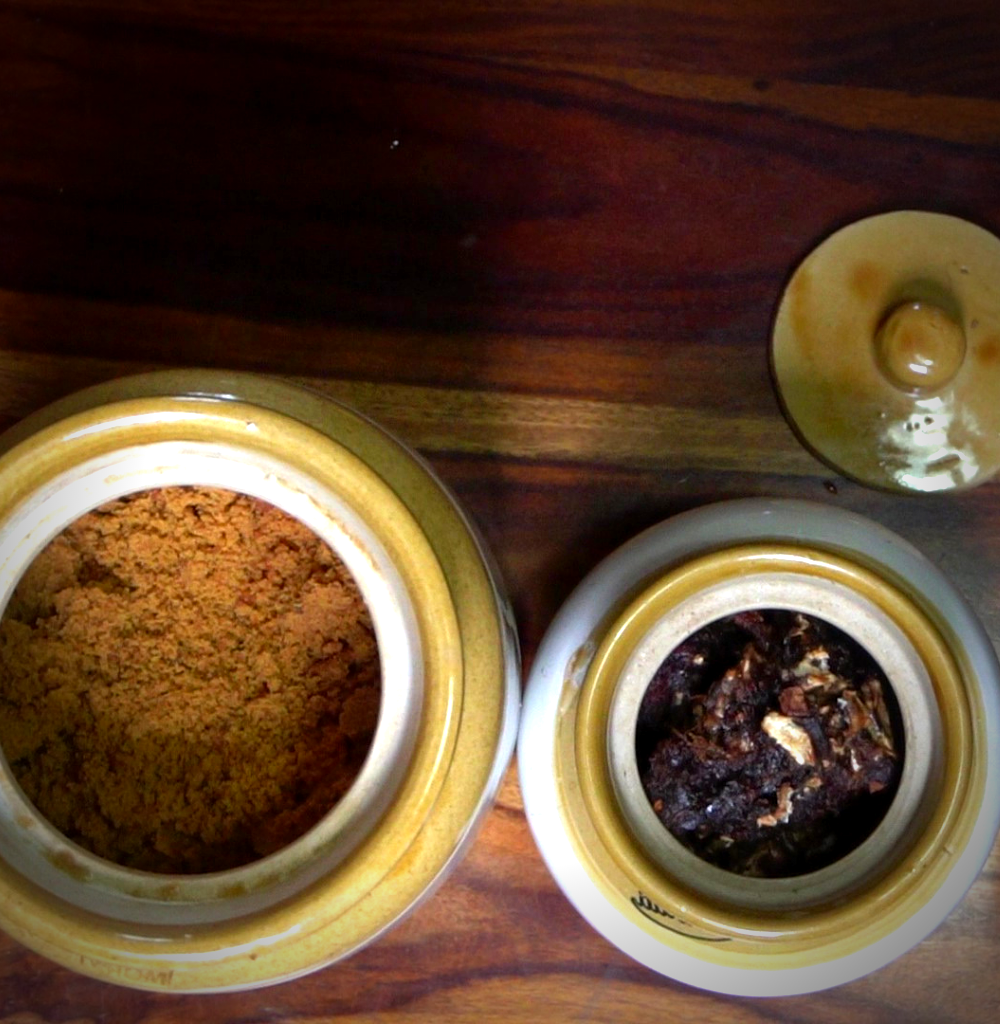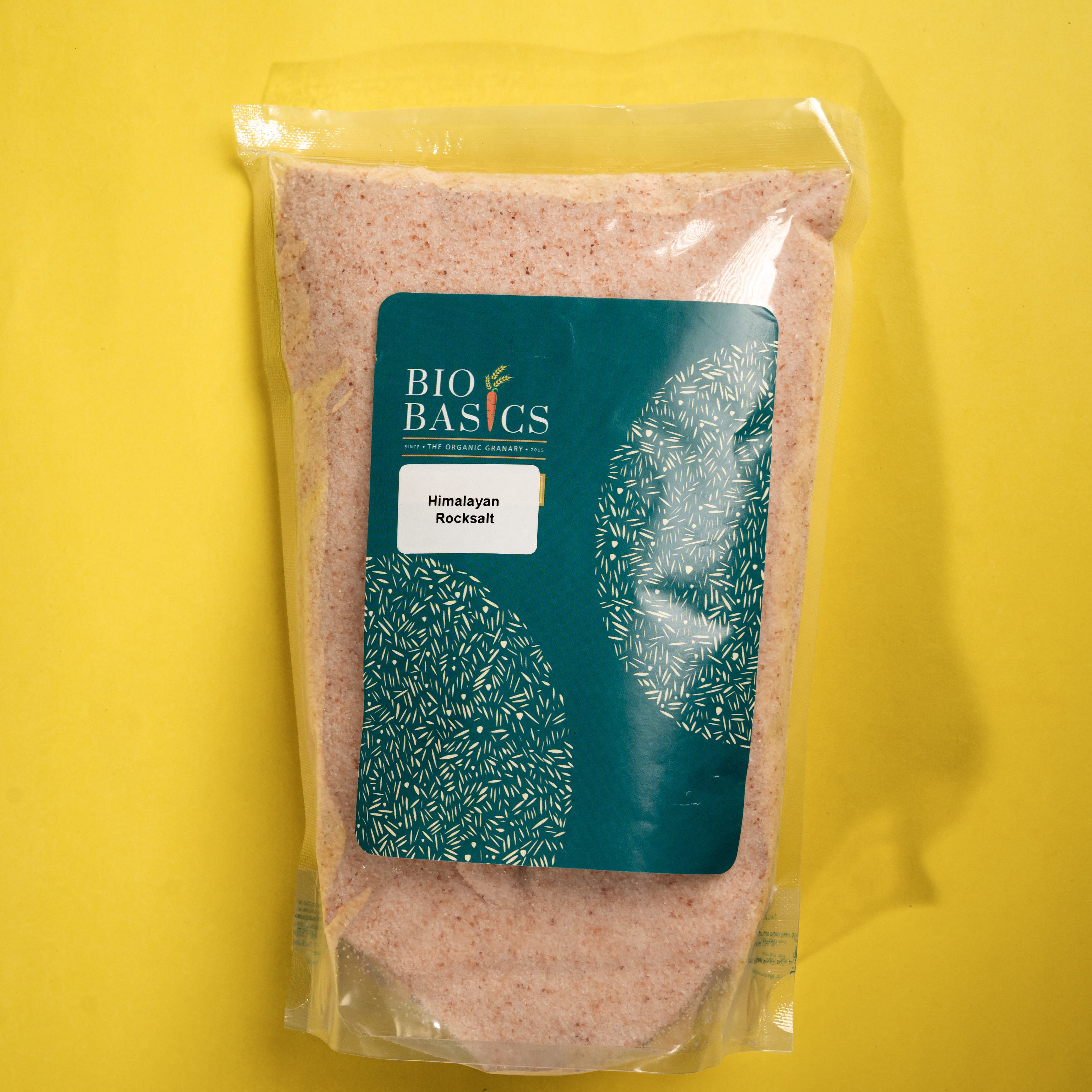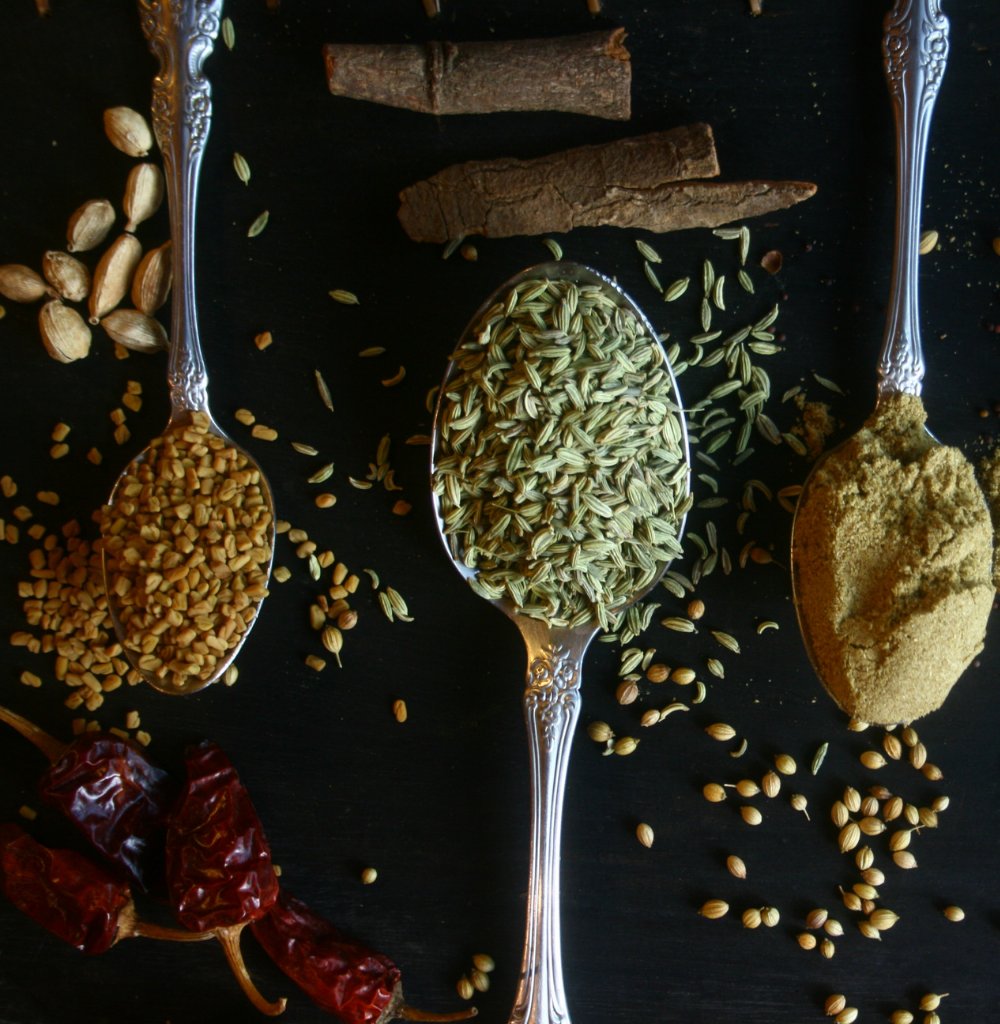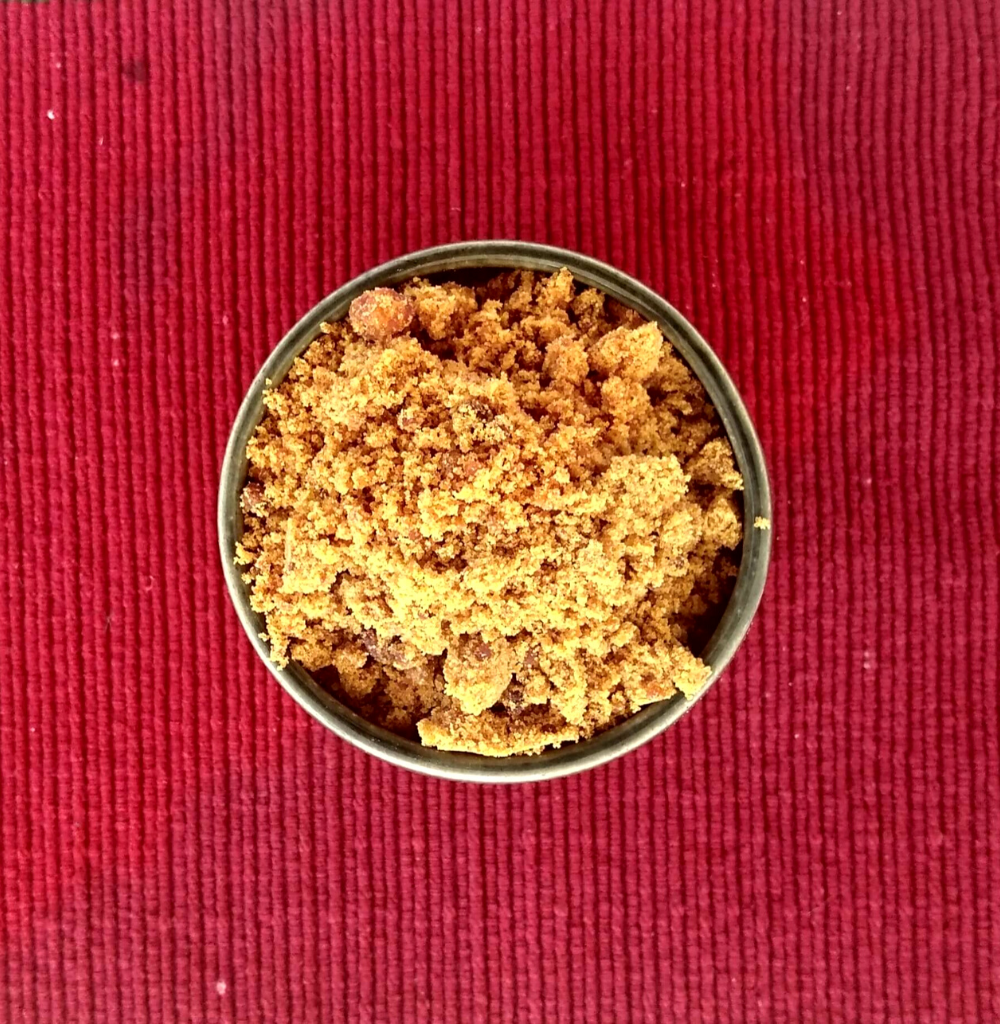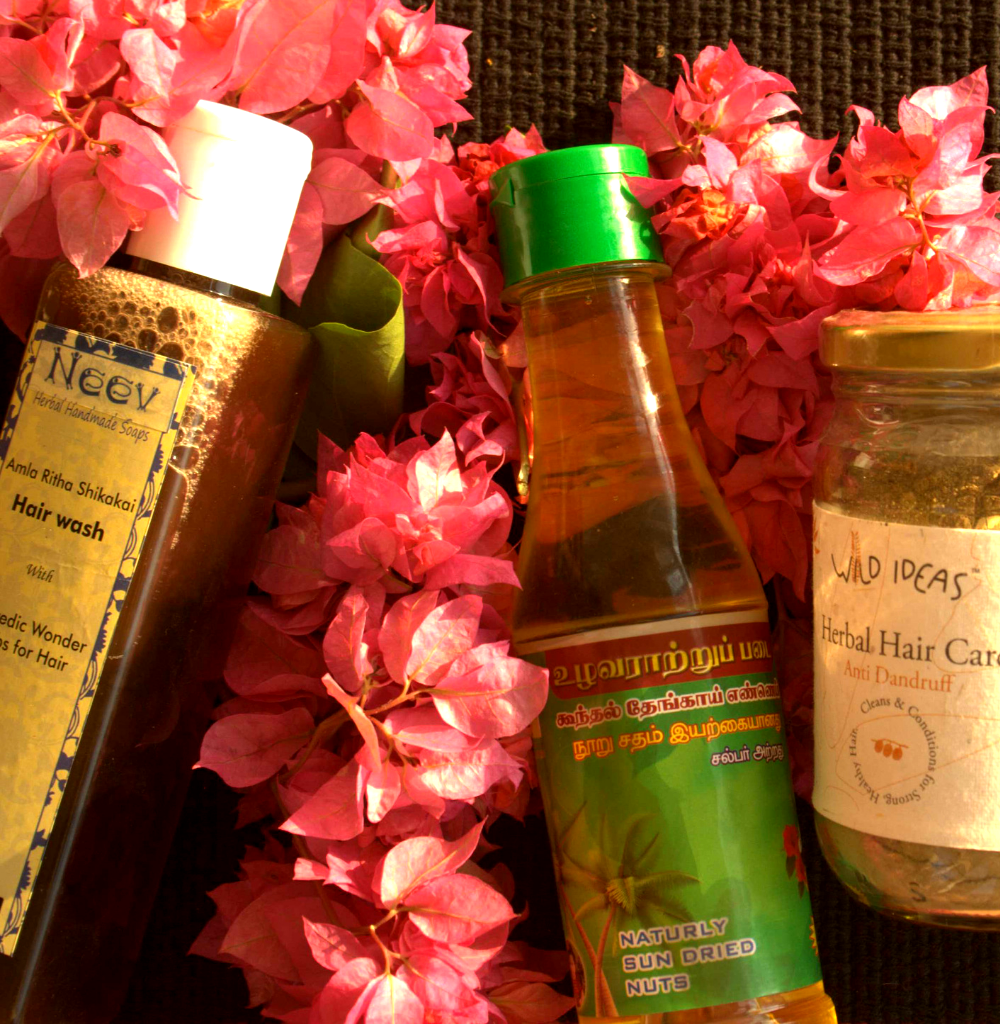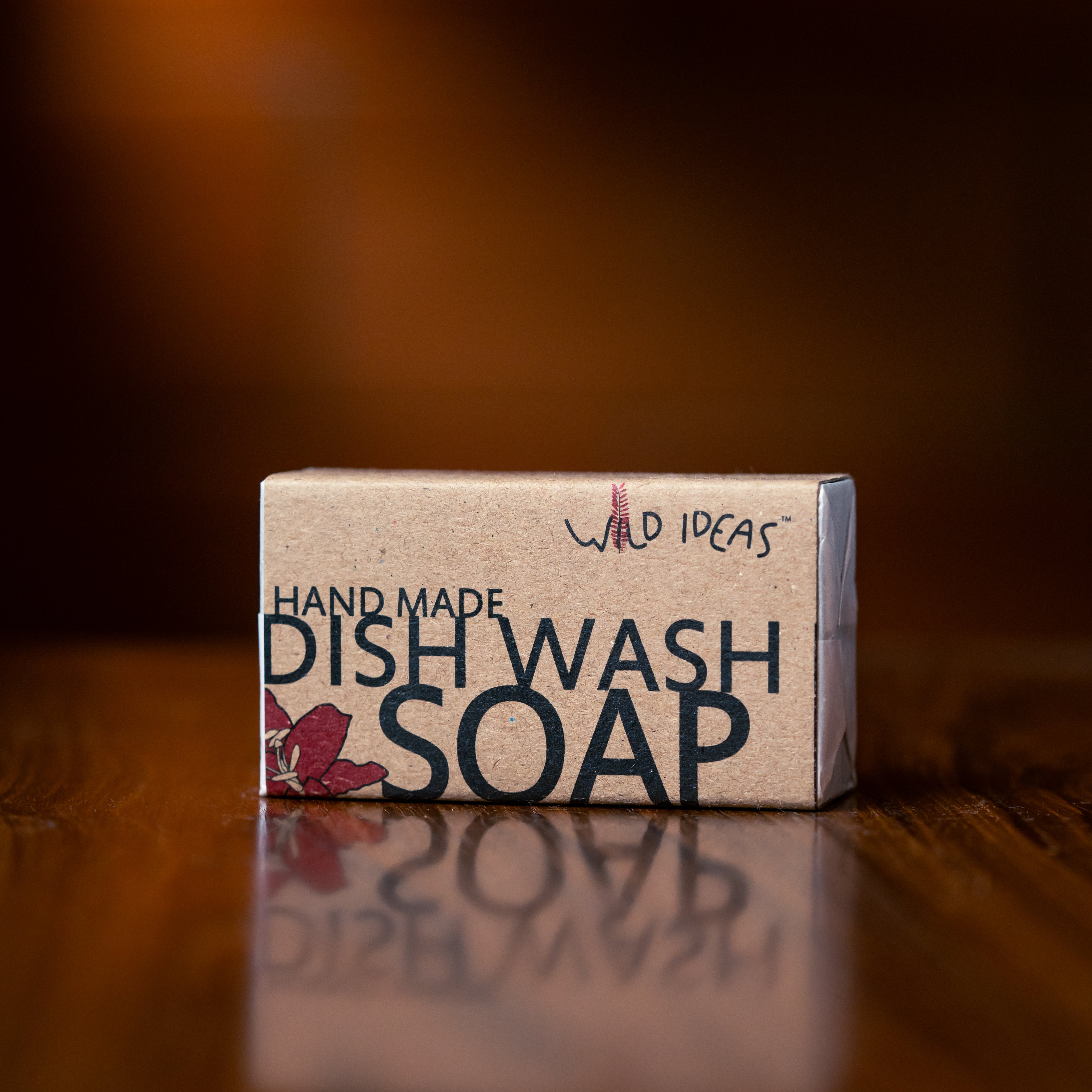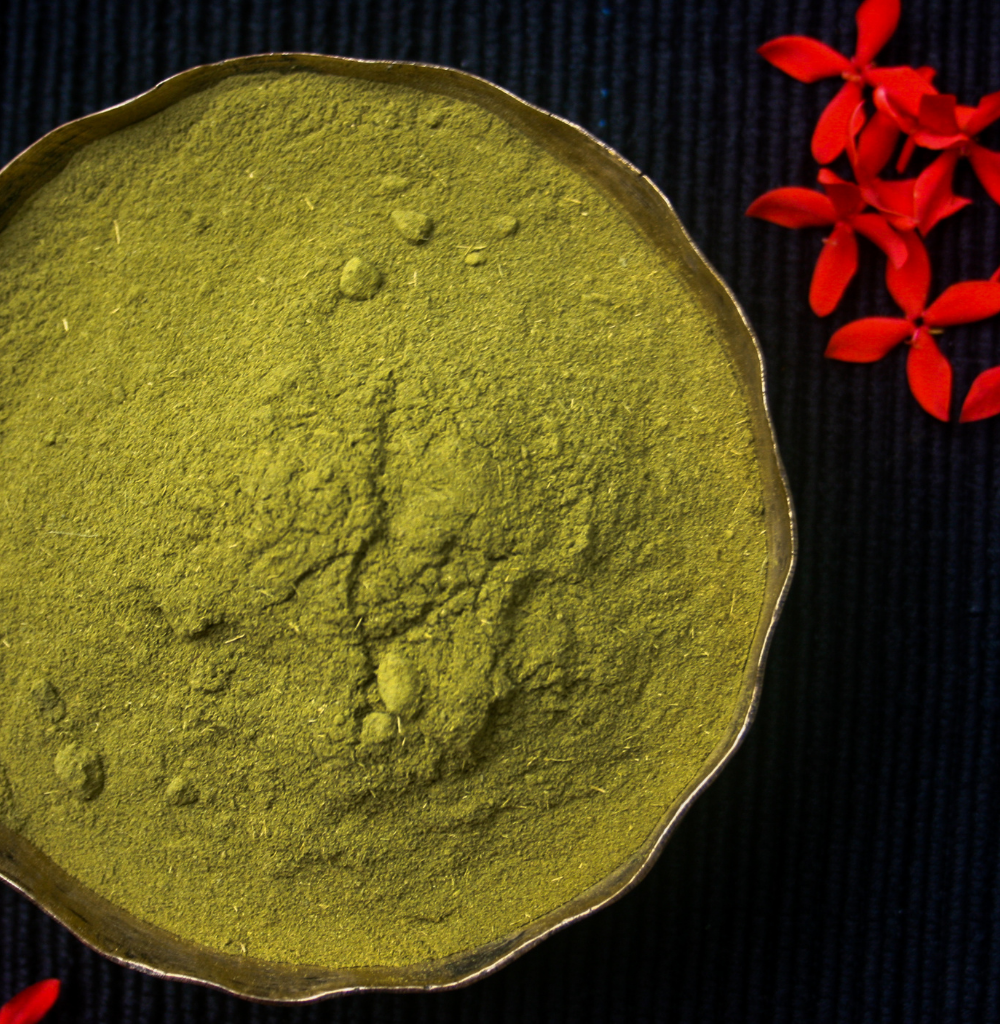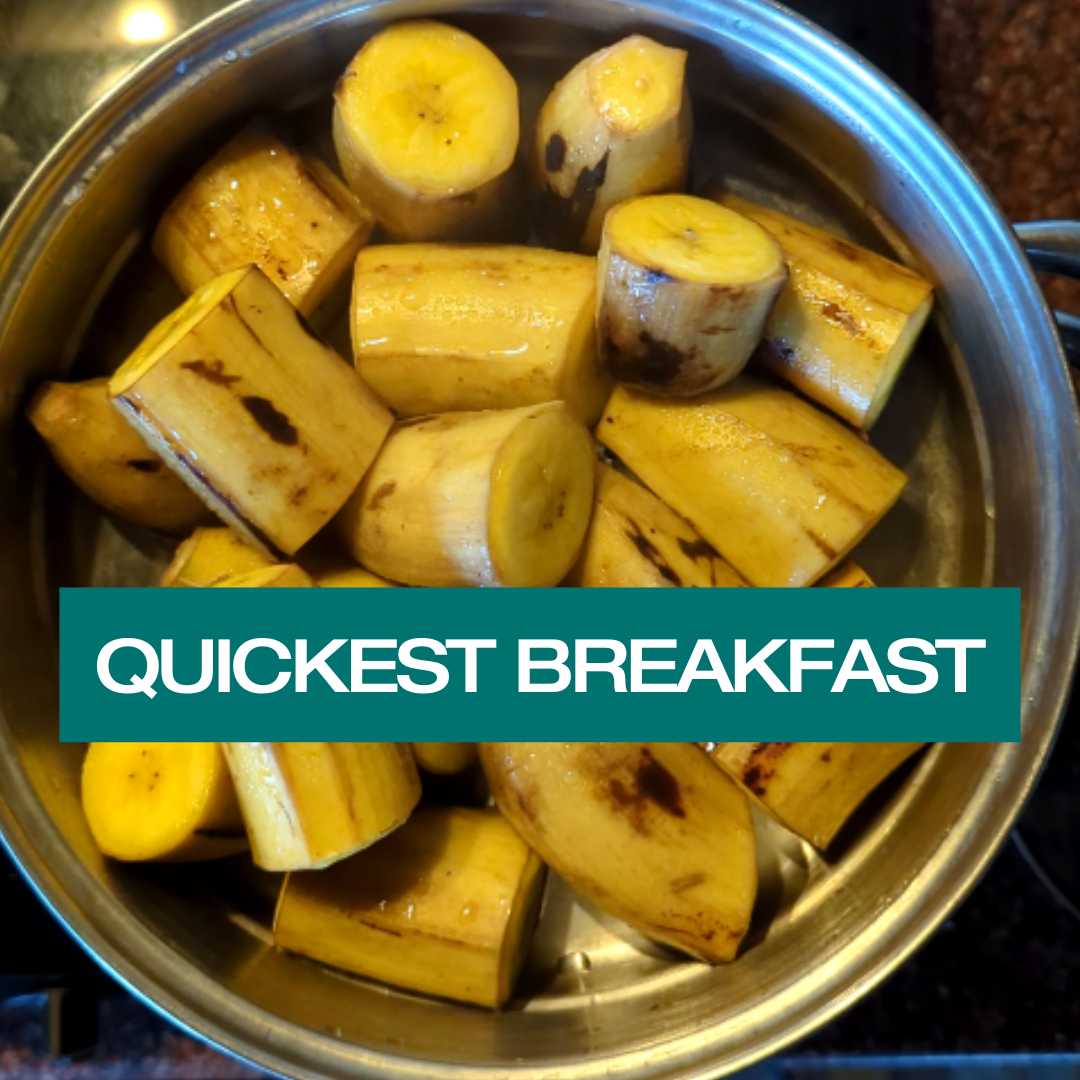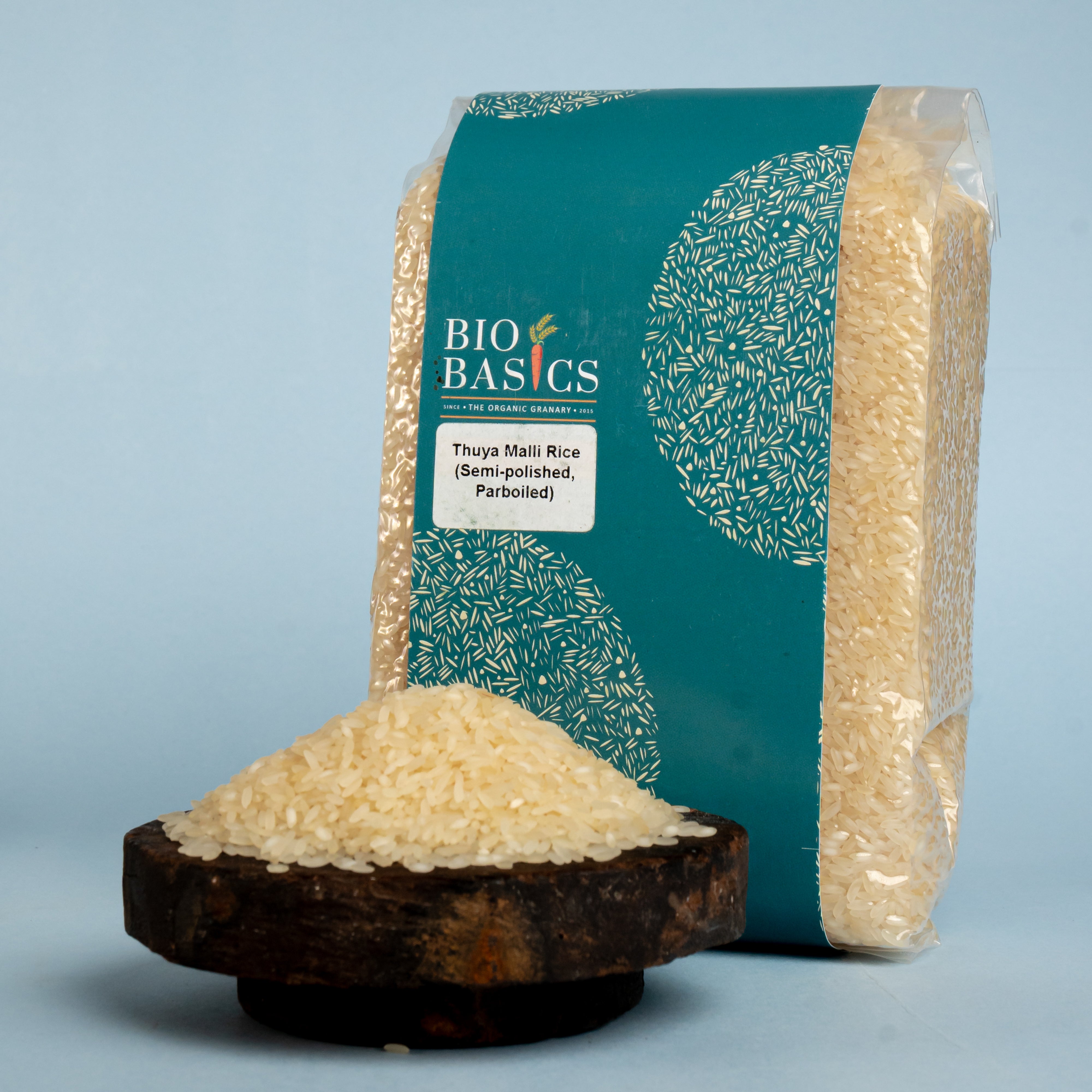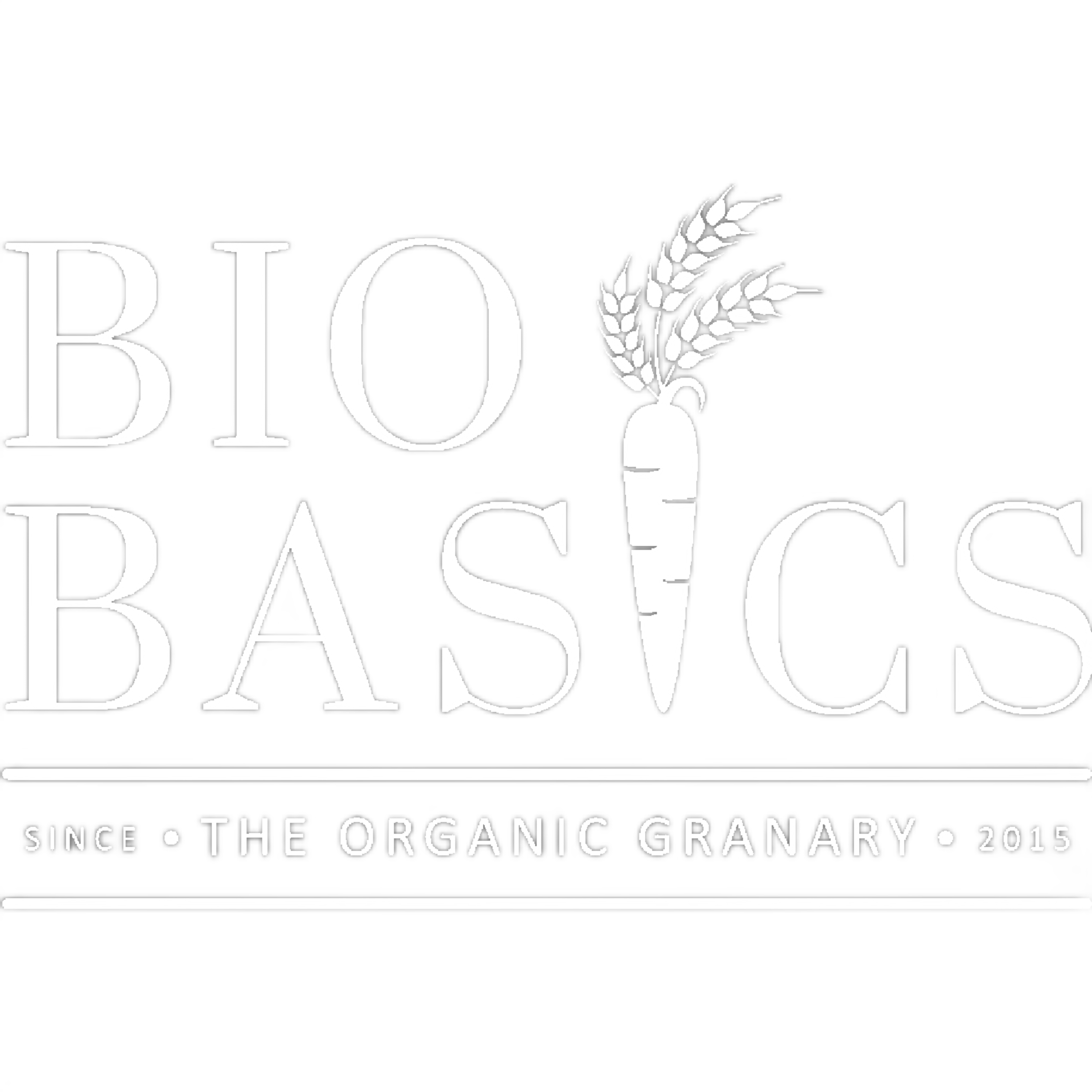The “Why” of Poha
Poha (or “Aval” as it is known in Tamil) are my power, convenient, tasty go to item during any meal time. The advantage with Poha recipe is that we don’t need to process it, it comes ready to use, and all it needs is a rinse and soak if thick (no grinding, cooking etc). And best of all… some rice poha and all millet poha have a low glycemic index.
The millet and paddy is steamed, then semi dried they are crushed to get the flakes. They are semi cooked in this process and therefore perfect to eat without further cooking, with light soaking ( if thick) and just rinsing and drying for the thin varieties.
The “What” of Poha
Bio Basics offers a wide range of Poha varieties. About six types are generally available at any point in time. However, all of them are not available all the time:
Paddy (Rice) Poha
Our Range: White Thin Poha, Red Thin Poha, Mapillai Samba Rice Poha, Karuppukavuni (Black Rice) Poha

White, Thin Poha

Red, Thin Poha

Mapillai Samba Rice Poha

Karuppukavuni (Black Rice) Poha
Millet Poha
Our Range: Samai (Little Millet) Poha, Thinai (Foxtail Millet) Poha, Varagu (Kodo Millet) Poha, Ragi (Finger Millet) Poha, Kuthiraivali (Barnyard Millet) Poha, Nattu Kambu (Traditional Pearl Millet or Bajra) Poha, Irumbusolam (Red Sorghum or Jowar) Poha.

Irumbusolam (Red Sorghum or Jowar) Poha

Thinai (Foxtail Millet) Poha

Samai (Little Millet) Poha

Naatu Kambu (Pearl Millet or Bajra) Poha

| Ragi (Nachani) Poha |
The thick Mappilai Samba or Karuppukavuni Poha have a low glycemic index. All millet avals are low glycemic index and for those families that are struggling to introduce millet rices into their diets, these puffed and flattened rices / millets are a delicious and easy god send.
The “How” of Poha
At breakfast time it could be a quick Kanda Poha or the Kerala favourite of Poha with coconut and raw cane or palm sugar. For others it could be crisp millet poha in milk with raw cane sugar to replace oats. These poha varieties are also wonderful for muesli. We had tried a poha mueseli recipe, which was delicious and healthy. One of my friends, an inspired cook, throws in some poha into her idli batter as well. She says it makes her idlis very soft particularly if she is trying to make idlis with millets.
For lunch or dinner, Poha are a great replacement for couscous and bulgur (if you use some of these dishes ) to make a tabouleh like salad . They can be used for making Kande Poha or Aaloo Poha (both, Maharastrian favourites). Poha can also be used as a healthy alternative to variety rices: you could try lemon poha, tamarind poha and coconut poha instead of the respective rices. I have poha along with toasted vegetables to make a filling salad and it works great and gets ready in a jiffy.
Poha can also be used for making kesari and payasams. Poha and groundnut together can make patties; Poha Vada, Kozhukattai and Puttu (two popular Kerala dishes) are other snacks you could make. These are also great festival time food. While we are eating sweets, savouries and snacks these form a light, easy to prepare and healthy counter point for a healthy breakfast or dinner. So try these versatile all purpose flakes to eat healthy and delicious!
Read more about Poha…
Post Name: Aval and Pori time….
Post Name: Muesli Magic with Millet Poha!
